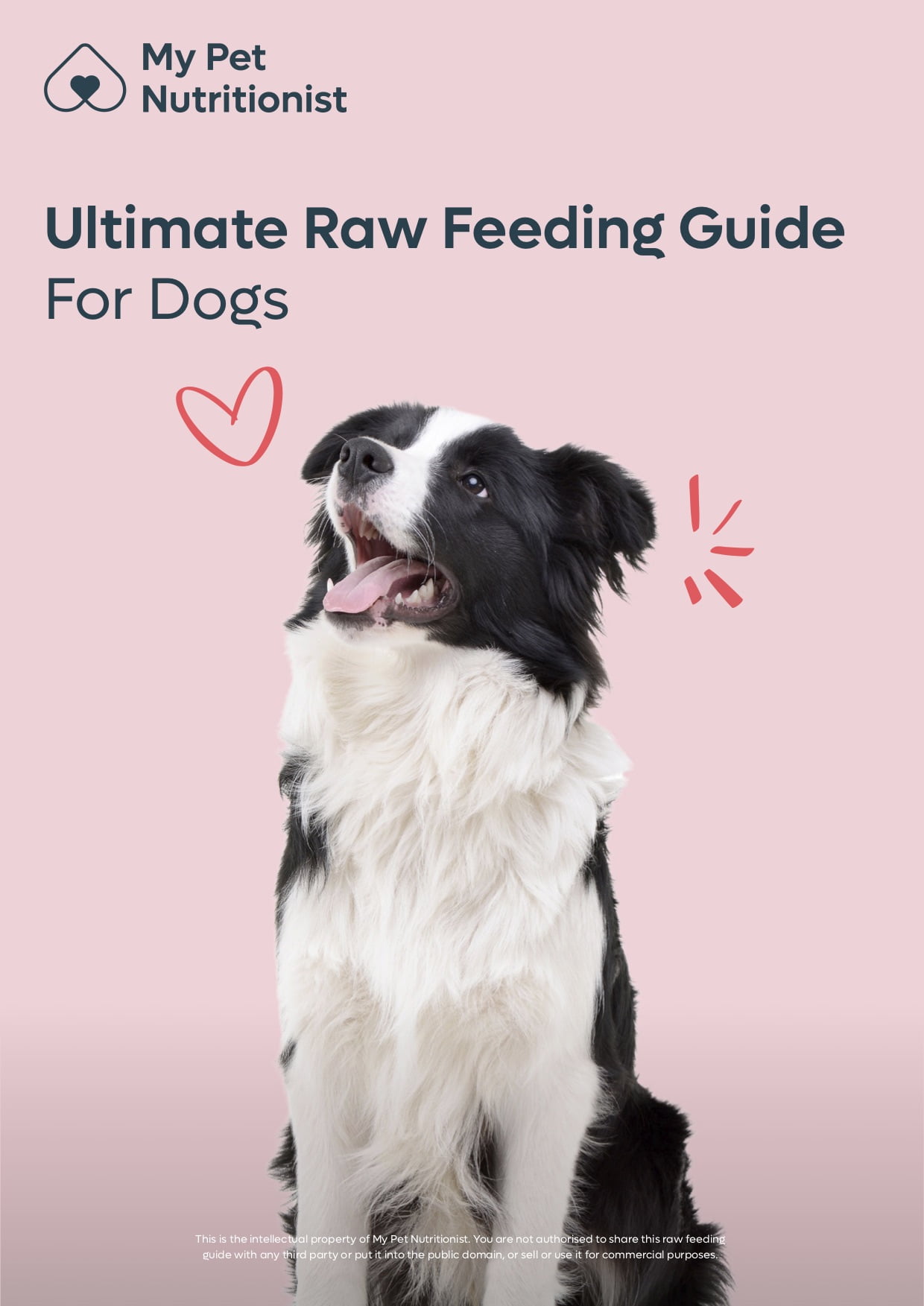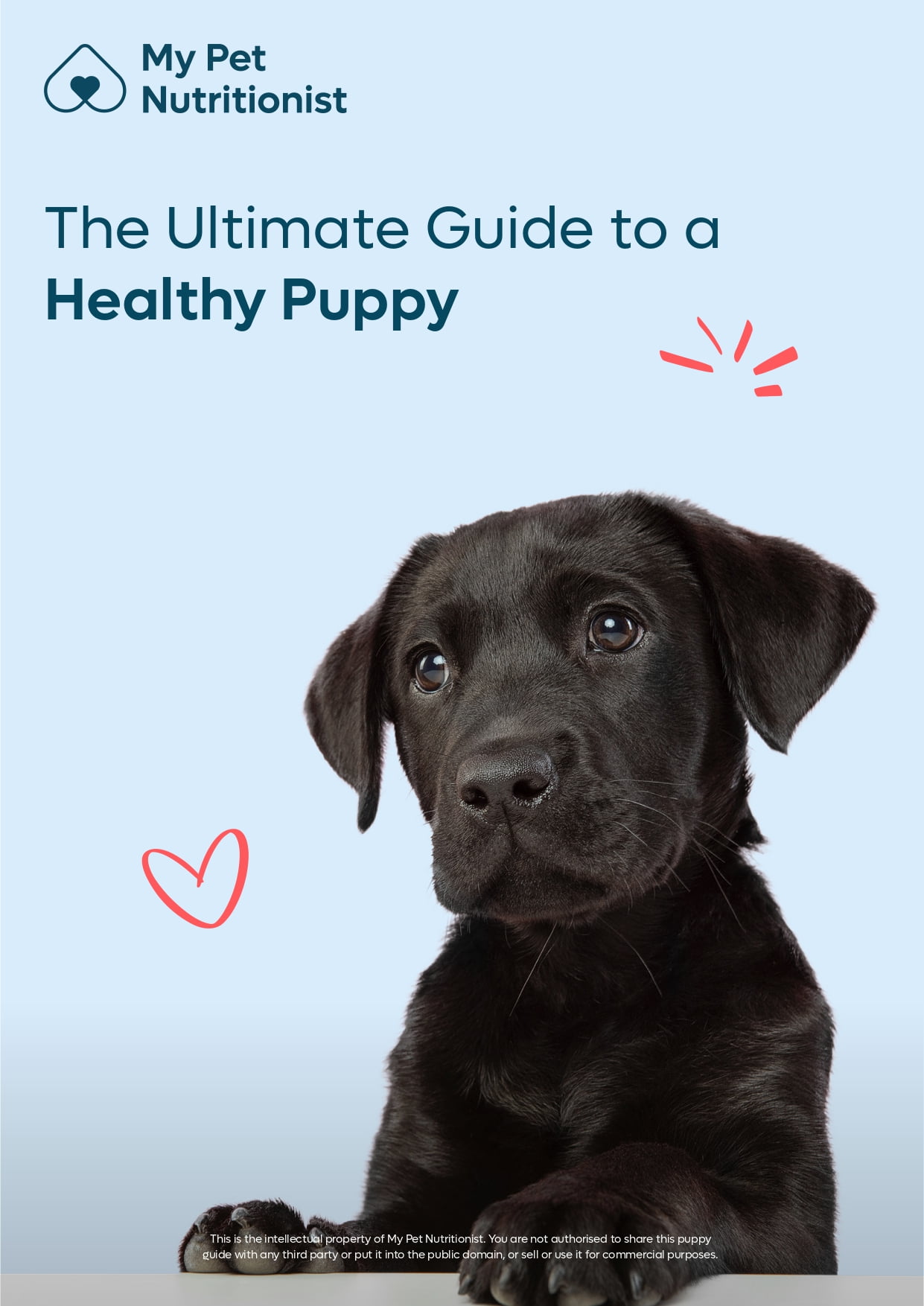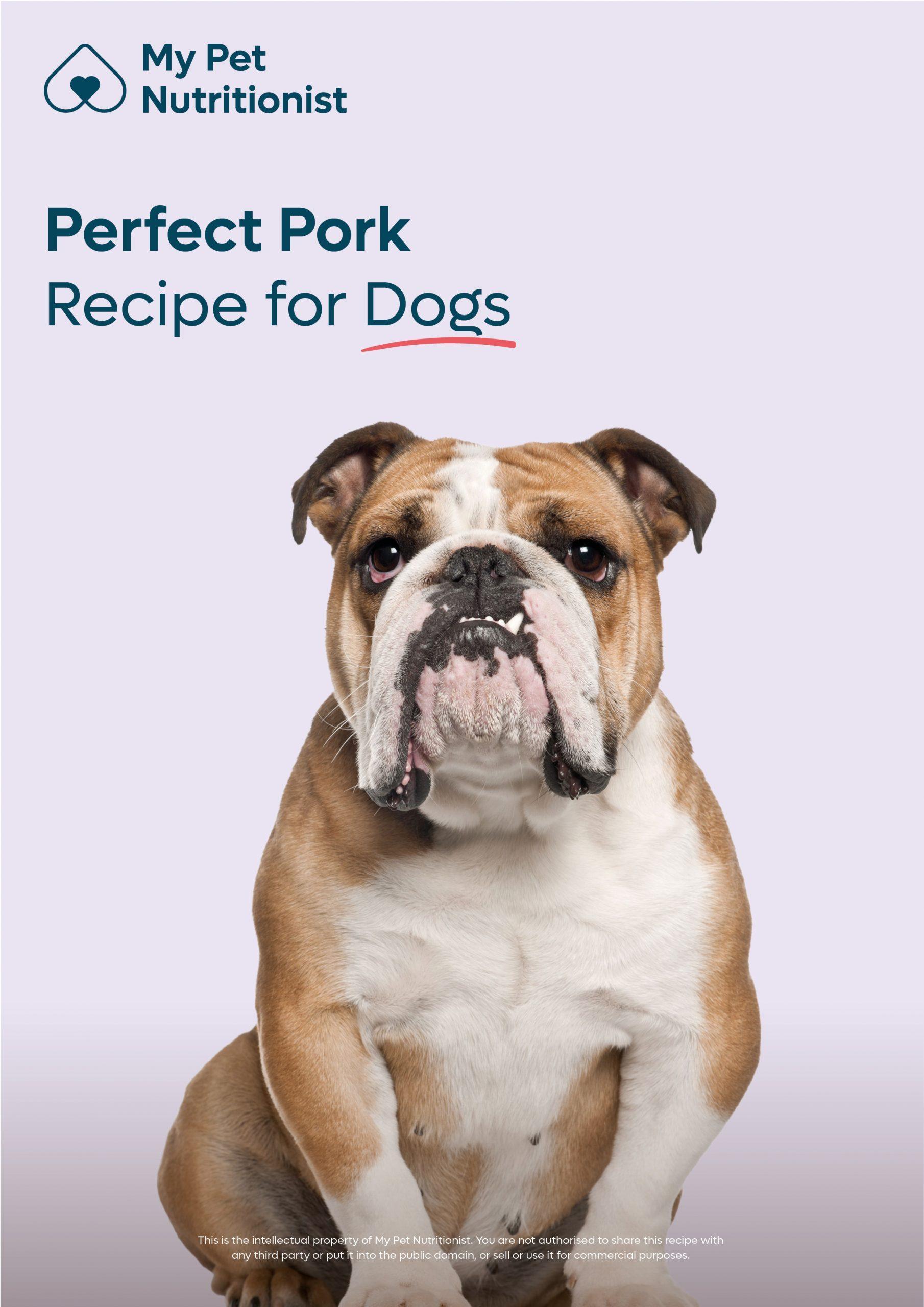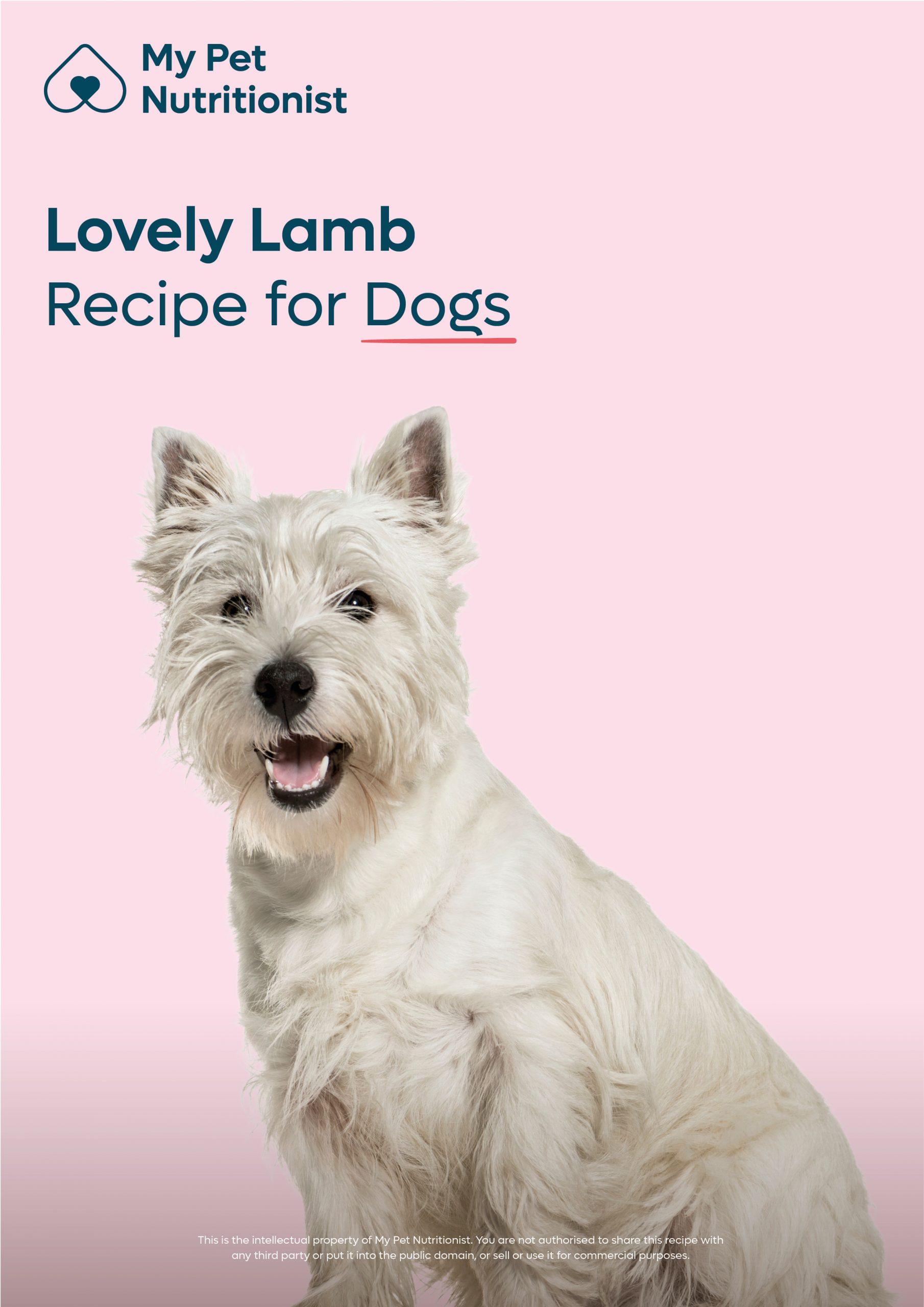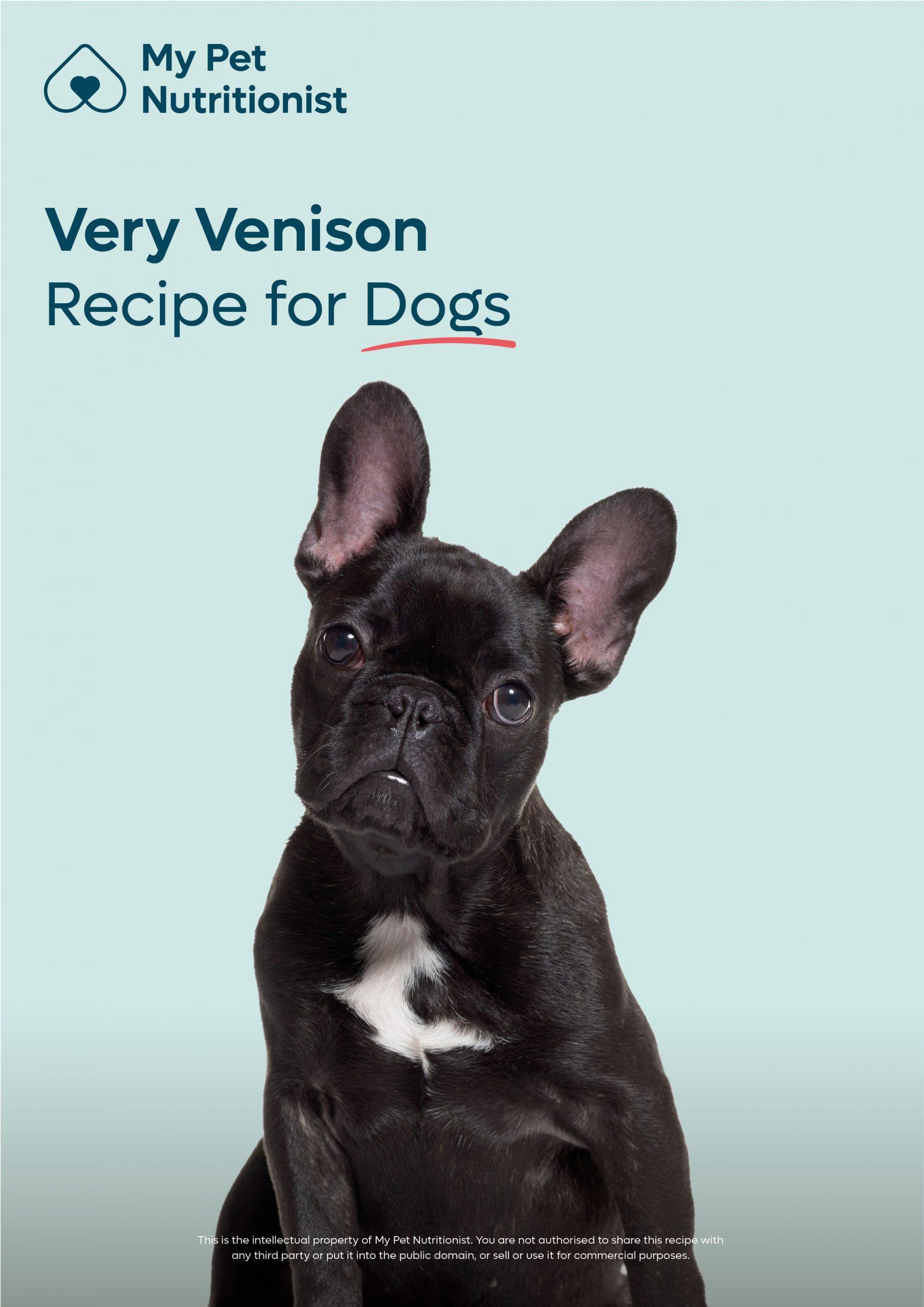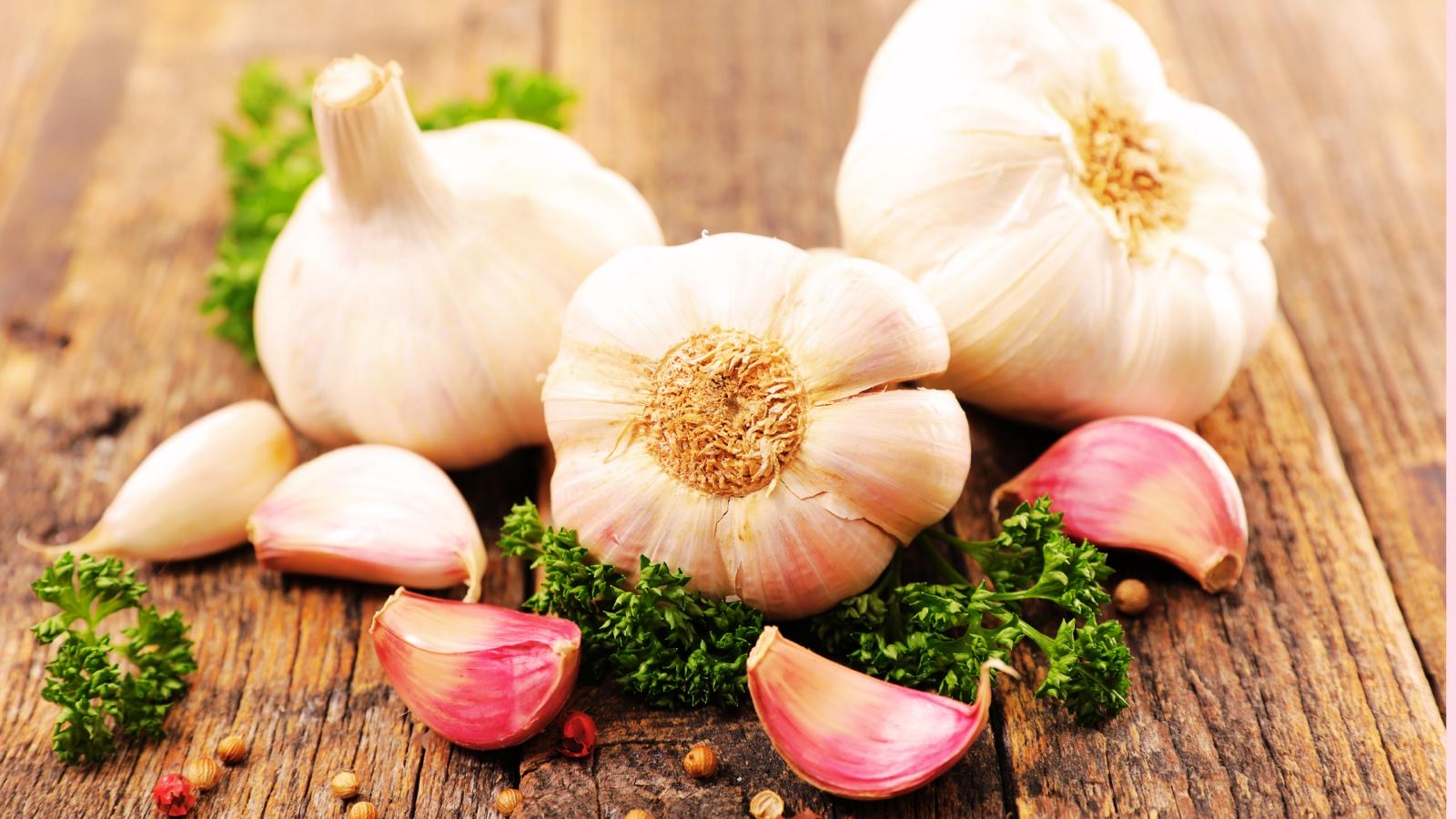-
£19.99

Why Does My Dog Need Vitamins? Part One – The Fat-Soluble Vitamins
- January 24, 2022
- 5 mins 51 secs
When we talk about nutrition we tend to focus on the protein and fat requirements of our pets (the carbohydrate requirement gets us all a little hot under the collar) and it stands to reason because they are macronutrients. What this means is that they are required in larger quantities for optimal bodily function. But we also have micronutrients, and despite them being required in lower quantities, they are still critical to health.
Under the umbrella of micronutrients, we have vitamins and minerals. We have some helpful blogs on minerals here:
Why Does My Dog Need Minerals – Part One
Why Does My Dog Need Minerals – Part Two
But, as vitamins are just as important, here at My Pet Nutritionist we thought we’d pop together a blog on why our dogs need them too!
Vitamins are needed in minute quantities to function as essential enzymes, enzyme precursors or coenzymes in many of the bodies metabolic processes.
Generally, vitamins are not synthesised by the body and must therefore be provided by food (but our canine companions have a trick up their sleeve with vitamin C for example).
Fat soluble vitamins can be stored in the body’s lipid deposits, making them more resistant to deficiency but also more likely to result in toxicity.
Fat soluble vitamins require bile salts and fat to form micelles for absorption. They are then passively absorbed through the lacteals (the lymphatic vessels of the small intestine which absorb digested fats), usually in the duodenum and ileum and transported with chylomicrons to the liver via the lymphatic system.
Synthetic and naturally made vitamins are used in the body in the same way but they do have different availabilities.
The well-known function of vitamin A is its role in vision. Vitamin A is a precursor of rhodopsin, the photopigment found in rods within the retina of the eye that helps us and our pets to see at night. One manifestation of vitamin A deficiency is slow, dark adaptation progressing to night blindness.
Vitamin A is also part of the bone formation and bone resorption equation. It influences both osteoblast and osteoclast function. Much data is now suggesting higher vitamin A levels are associated with lower bone density so balancing levels is essential.
Vitamin A plays a role in maintaining healthy endothelial cells which are those lining the body’s interior surfaces. As we know, in the gut, they play a role controlling the passage of antigens and commensal gut microbiota from the intestine into the bloodstream.
Another key role of Vitamin A is supporting immune function. It helps make white blood cells which circulate in the body, searching for foreign invaders and cell irregularities.
Sources of Vitamin A:
Unlike herbivores and omnivores, cats and dogs are unable to synthesize Vitamin D adequately in the skin. There is no seasonal change in concentrations and studies have shown that when fed a diet deficient in Vitamin D, puppies develop rickets which could not be prevented by exposure to UVB light.
Findings Here
This means that cats and dogs are dependent on dietary sources of Vitamin D.
There are two forms of Vitamin D. Vitamin D2 is also known as ergocalciferol which occurs in plants and Vitamin D3, known as cholecalciferol, is created in the skin during exposure to UV light and occurs in animals. Cholecalciferol (D3) is of greatest nutritional importance to both cats and dogs and luckily it can be obtained from the consumption of animal products that contain it.
Once vitamin D3 is formed in the skin (of animals who can do so), it binds and is then either stored or transported to the liver. Both D2 and D3 are biologically inactive and must undergo two more steps to be activated. This involves both the liver and the kidneys.
Vitamin D plays an indirect role in bone health by managing calcium levels in the body. It controls absorption of calcium in the intestine and the amount of calcium excreted by the kidneys. If Vitamin D levels are low, then the intestines struggle to absorb calcium.
Vitamin D is also vital in immune function. We find vitamin D receptors on a range of immune cells, meaning there needs to be sufficient levels of it in the body for the cells to do their job.
Vitamin D can help modulate inflammatory responses and is also required to produce natural killer cells which are known for killing virally infective cells.
Findings Here
The Importance of Vitamin D for Cats and Dogs
Vitamin E functions as an important antioxidant within cells, protecting lipids, particularly the polyunsaturated fatty acids in cell membranes against oxidative damage caused by free radicals and active forms of oxygen that may be generated during metabolic processes.
The dietary requirement for vitamin E is influenced by the intake of selenium because of its role in glutathione peroxidase, with one nutrient, partially able to spare a deficiency of the other. It is also influenced by the PUFA content of the diet and increasing this leads to an increase in vitamin E requirement. It has been recommended the dietary ratio of alpha tocopherol:PUFA (mg/g) of 0.6:1 is maintained as a minimum to protect against PUFA peroxidation.
Rancid fats are particularly destructive of vitamin E, so these should be avoided in diet.
Vitamin E is absorbed from the small intestine by non-saturable, passive diffusion into the intestinal lacteals and is transported via the lymphatics to general circulation.
Sources of Vitamin E:
Vitamin K is required for normal blood clotting and is also involved in the regulation of calcium phosphates in growing bone. The synthesis of vitamin K by intestinal bacteria of dogs contributes significantly to the requirements of vitamin K for the species.
Deficiency is usually due to intestinal malabsorption, as being a fat-soluble vitamin, these vitamins are generally low in cases of IBD or EPI. However, ingestion of anticoagulants like rat poison also results in low levels along with the destruction of the gut microflora by antibiotic therapy.
Sources of Vitamin K:
Does My Dog Have a Vitamin Deficiency?
If you would like to discuss any of your dog’s dietary requirements, then check out our services to see if we can help.
Thanks for reading,
MPN Team
Under the umbrella of micronutrients, we have vitamins and minerals. We have some helpful blogs on minerals here:
Why Does My Dog Need Minerals – Part One
Why Does My Dog Need Minerals – Part Two
But, as vitamins are just as important, here at My Pet Nutritionist we thought we’d pop together a blog on why our dogs need them too!
What Are Vitamins?
Vitamins are defined by their physical and physiological characteristics.
Vitamins are needed in minute quantities to function as essential enzymes, enzyme precursors or coenzymes in many of the bodies metabolic processes.
Generally, vitamins are not synthesised by the body and must therefore be provided by food (but our canine companions have a trick up their sleeve with vitamin C for example).
Fat vs. Water Soluble Vitamins
Vitamins are split into fat soluble and water-soluble vitamins. In this blog, we will focus on the fat-soluble vitamins, with the water-soluble vitamins to follow.
Fat soluble vitamins can be stored in the body’s lipid deposits, making them more resistant to deficiency but also more likely to result in toxicity.
Fat soluble vitamins require bile salts and fat to form micelles for absorption. They are then passively absorbed through the lacteals (the lymphatic vessels of the small intestine which absorb digested fats), usually in the duodenum and ileum and transported with chylomicrons to the liver via the lymphatic system.
Synthetic and naturally made vitamins are used in the body in the same way but they do have different availabilities.
The Fat-Soluble Vitamins
Vitamin A
Vitamin A is the term which describes several compounds which biologically, have the activity of the parent compound retinol. This form of the vitamin and its derivatives are found only in animal tissues, whereas plants contain precursors in the form of the carotenoids. These are the yellow/orange pigments found in carrots and many other vegetables. The most widely abundant precursor of vitamin A is carotene, and most animals can convert this into the vitamin itself.
The well-known function of vitamin A is its role in vision. Vitamin A is a precursor of rhodopsin, the photopigment found in rods within the retina of the eye that helps us and our pets to see at night. One manifestation of vitamin A deficiency is slow, dark adaptation progressing to night blindness.
Vitamin A is also part of the bone formation and bone resorption equation. It influences both osteoblast and osteoclast function. Much data is now suggesting higher vitamin A levels are associated with lower bone density so balancing levels is essential.
Vitamin A plays a role in maintaining healthy endothelial cells which are those lining the body’s interior surfaces. As we know, in the gut, they play a role controlling the passage of antigens and commensal gut microbiota from the intestine into the bloodstream.
Another key role of Vitamin A is supporting immune function. It helps make white blood cells which circulate in the body, searching for foreign invaders and cell irregularities.
Sources of Vitamin A:
Carotenoids: sweet potatoes, dark leafy greens, yellow/orange/red fruits/vegetables.
Retinoids: animal meat; liver, fish oil.
Vitamin D
Vitamin D is actually a hormone that promotes calcium absorption. In human health, you will have heard it referenced as the sunshine vitamin as it is produced in the skin in response to sunlight (UV) exposure.
Unlike herbivores and omnivores, cats and dogs are unable to synthesize Vitamin D adequately in the skin. There is no seasonal change in concentrations and studies have shown that when fed a diet deficient in Vitamin D, puppies develop rickets which could not be prevented by exposure to UVB light.
Findings Here
This means that cats and dogs are dependent on dietary sources of Vitamin D.
There are two forms of Vitamin D. Vitamin D2 is also known as ergocalciferol which occurs in plants and Vitamin D3, known as cholecalciferol, is created in the skin during exposure to UV light and occurs in animals. Cholecalciferol (D3) is of greatest nutritional importance to both cats and dogs and luckily it can be obtained from the consumption of animal products that contain it.
Once vitamin D3 is formed in the skin (of animals who can do so), it binds and is then either stored or transported to the liver. Both D2 and D3 are biologically inactive and must undergo two more steps to be activated. This involves both the liver and the kidneys.
Vitamin D plays an indirect role in bone health by managing calcium levels in the body. It controls absorption of calcium in the intestine and the amount of calcium excreted by the kidneys. If Vitamin D levels are low, then the intestines struggle to absorb calcium.
Vitamin D is also vital in immune function. We find vitamin D receptors on a range of immune cells, meaning there needs to be sufficient levels of it in the body for the cells to do their job.
Vitamin D can help modulate inflammatory responses and is also required to produce natural killer cells which are known for killing virally infective cells.
Findings Here
The Importance of Vitamin D for Cats and Dogs
Vitamin E
Vitamin E includes several compounds, of which the most biologically active and widely distributed is alpha tocopherol.
Vitamin E functions as an important antioxidant within cells, protecting lipids, particularly the polyunsaturated fatty acids in cell membranes against oxidative damage caused by free radicals and active forms of oxygen that may be generated during metabolic processes.
The dietary requirement for vitamin E is influenced by the intake of selenium because of its role in glutathione peroxidase, with one nutrient, partially able to spare a deficiency of the other. It is also influenced by the PUFA content of the diet and increasing this leads to an increase in vitamin E requirement. It has been recommended the dietary ratio of alpha tocopherol:PUFA (mg/g) of 0.6:1 is maintained as a minimum to protect against PUFA peroxidation.
Rancid fats are particularly destructive of vitamin E, so these should be avoided in diet.
Vitamin E is absorbed from the small intestine by non-saturable, passive diffusion into the intestinal lacteals and is transported via the lymphatics to general circulation.
Sources of Vitamin E:
Plant based oils
Nuts
Seeds
Dark green veggies
Pumpkin
Red bell pepper
MangoDeficiency may be implicated in digestive disorders where fat isn’t absorbed sufficiently. Being a fat-soluble vitamin, it requires fat to be absorbed. Signs of deficiency include; impaired vision, neuropathy, decreased immune function and loss of control of body movements.
Vitamin K
Vitamin K comprises a group of compounds called the quinones. Vitamin K1 occurs naturally in green leafy plants and vitamin K2 is synthesised by bacteria in the large intestine. Vitamin K3 is the most common form of synthetic vitamin K.
Vitamin K is required for normal blood clotting and is also involved in the regulation of calcium phosphates in growing bone. The synthesis of vitamin K by intestinal bacteria of dogs contributes significantly to the requirements of vitamin K for the species.
Deficiency is usually due to intestinal malabsorption, as being a fat-soluble vitamin, these vitamins are generally low in cases of IBD or EPI. However, ingestion of anticoagulants like rat poison also results in low levels along with the destruction of the gut microflora by antibiotic therapy.
Sources of Vitamin K:
Green leafy vegetables
Liver
Meat
Egg yolksAs you can see, fat-soluble vitamins have a range of important functions in our pet’s body. We know the next question you will have is whether your dog may have a deficiency, so check out our blog here:
Does My Dog Have a Vitamin Deficiency?
If you would like to discuss any of your dog’s dietary requirements, then check out our services to see if we can help.
Thanks for reading,
MPN Team
Customer Reviews
Explore related products
Related articles
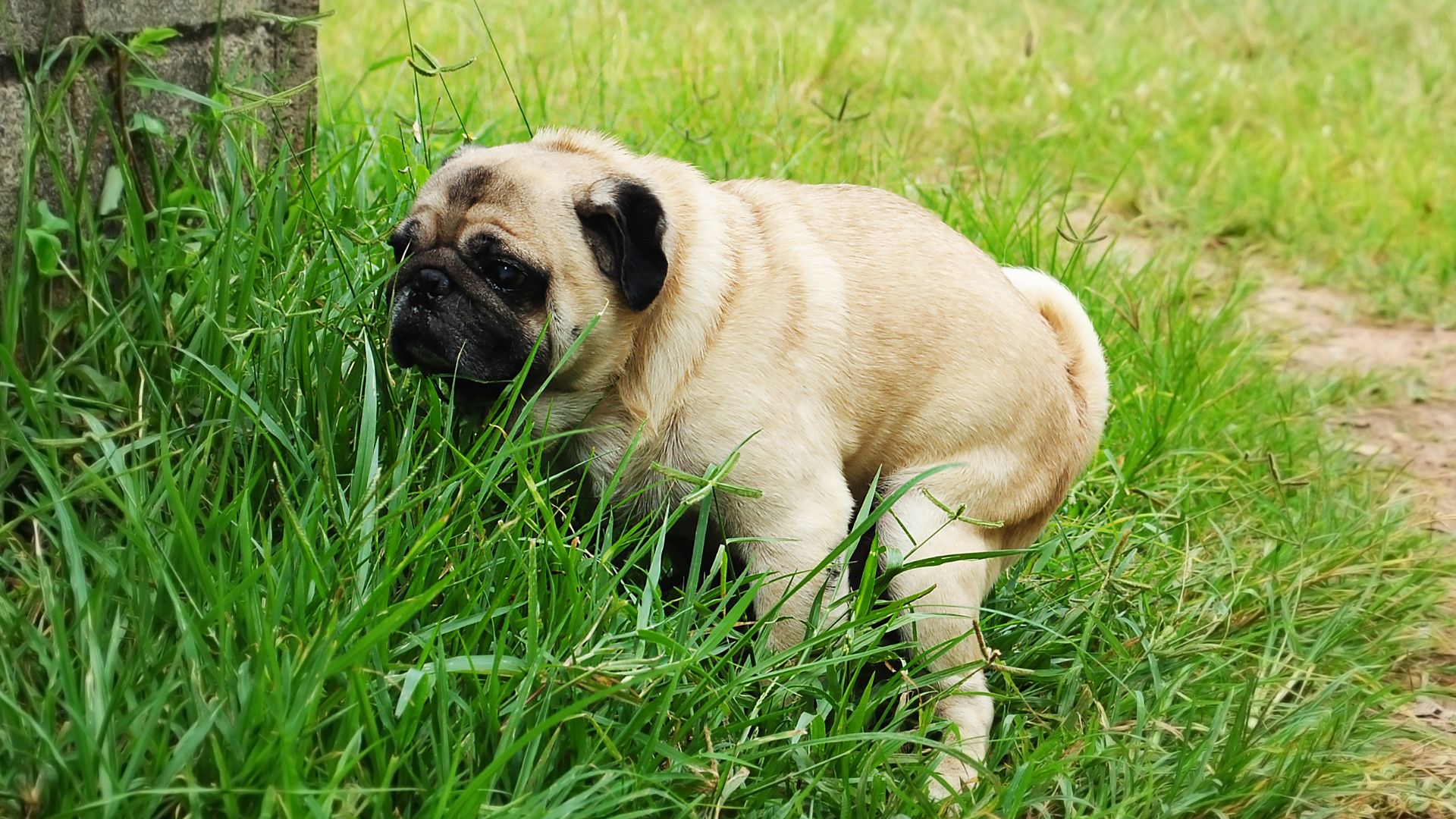
Dietary NeedsGeneral HealthDogsGut Health
5 Reasons Why Your Dog May Have Diarrhoea
Jun 20 2024
•
5 mins 55 secs

Dietary NeedsGeneral HealthDogsGut Health
What is Pica, and Does Your Pet Have It?
May 23 2024
•
7 mins 15 secs
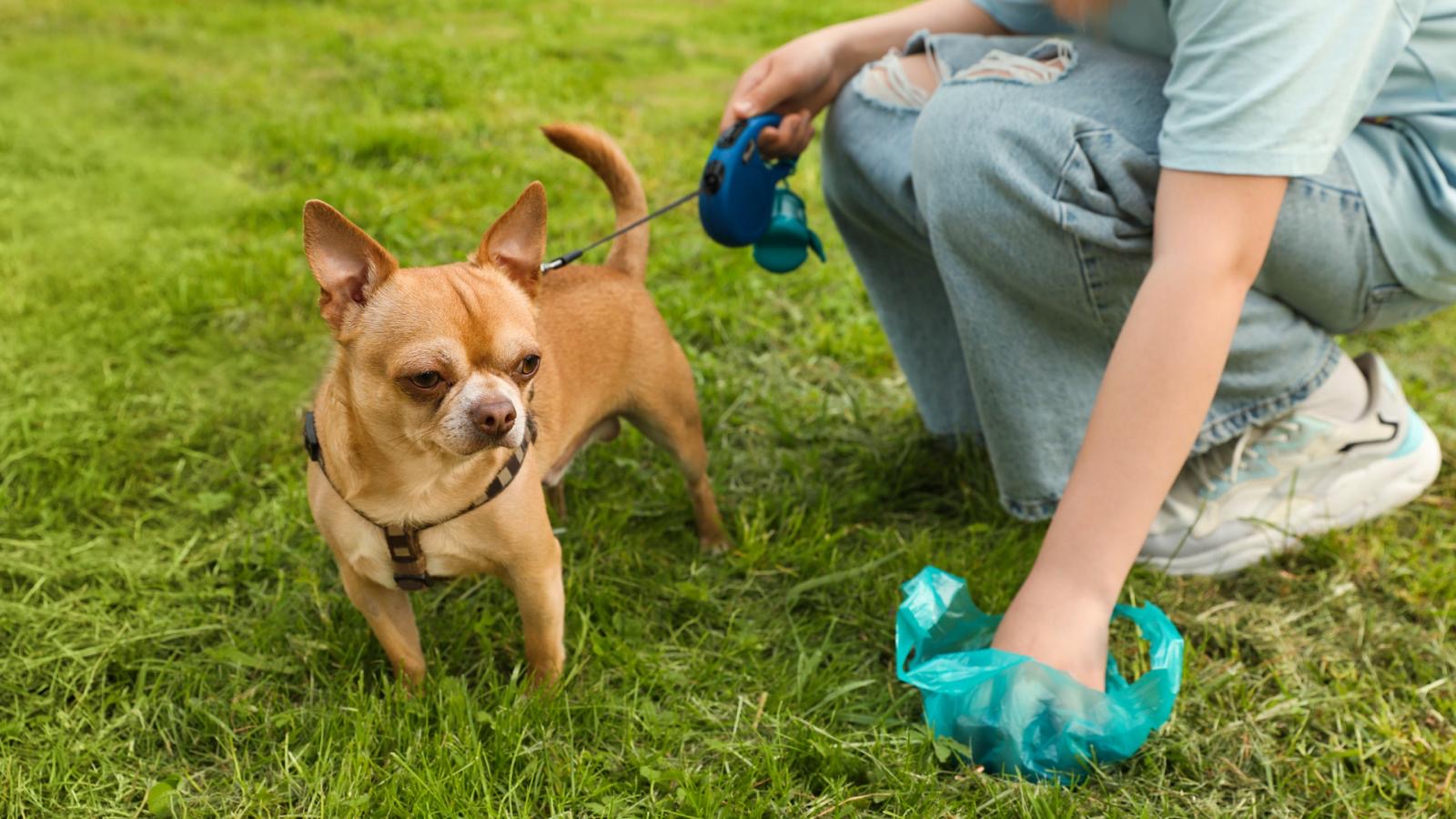
Dietary NeedsGeneral HealthDogsGut Health
Pooh Guide for Dogs: What’s Good, and What’s Not
May 16 2024
•
9 mins 15 secs
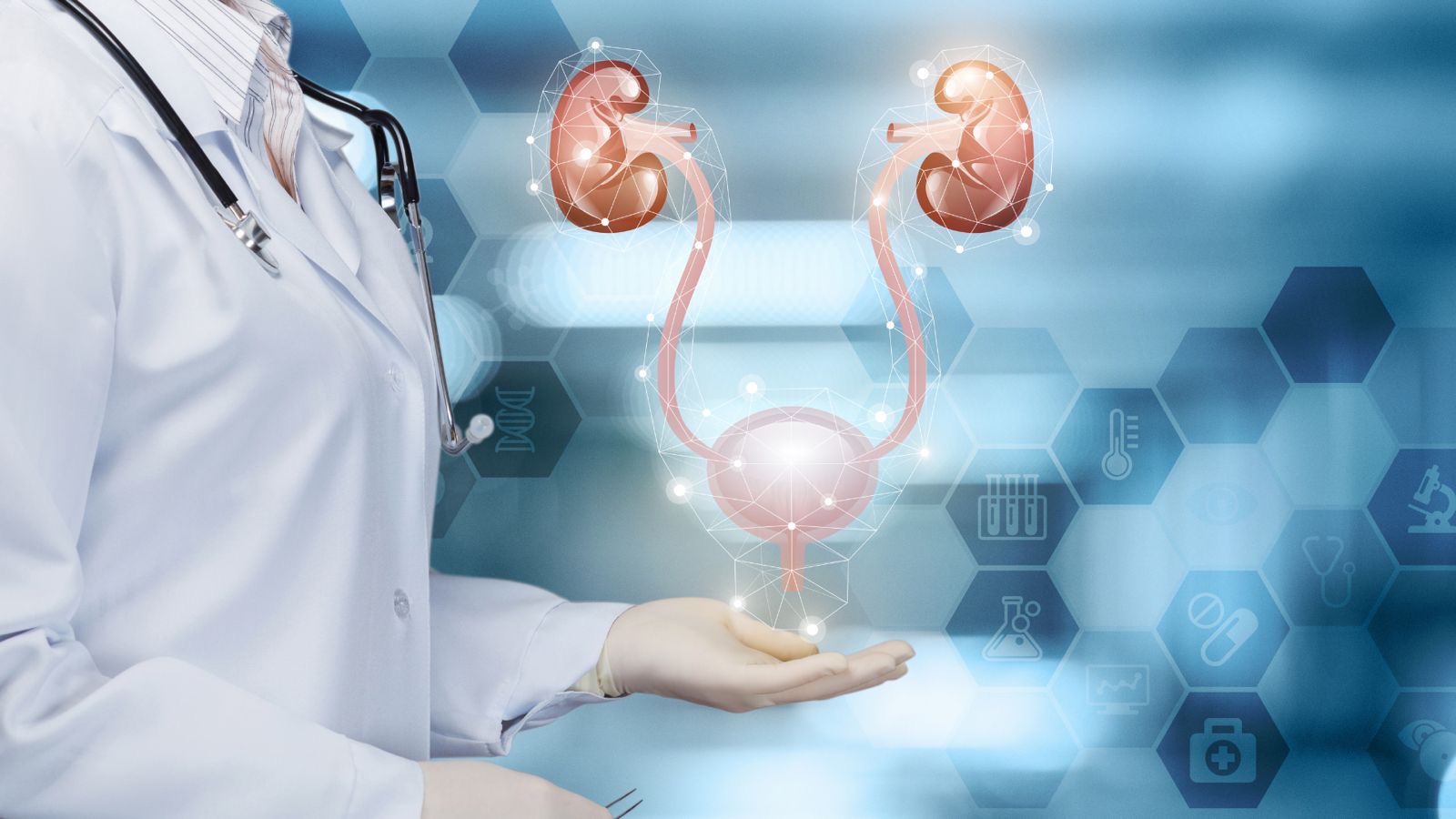
Dietary NeedsGeneral HealthDogsGut Health
Best Diet for Struvite Crystals in Dogs
Mar 13 2024
•
5 mins

Dietary NeedsGeneral HealthDogsGut Health
All You Need to Know About Exocrine Pancreatic Insufficiency
Feb 22 2024
•
10 mins 20 secs
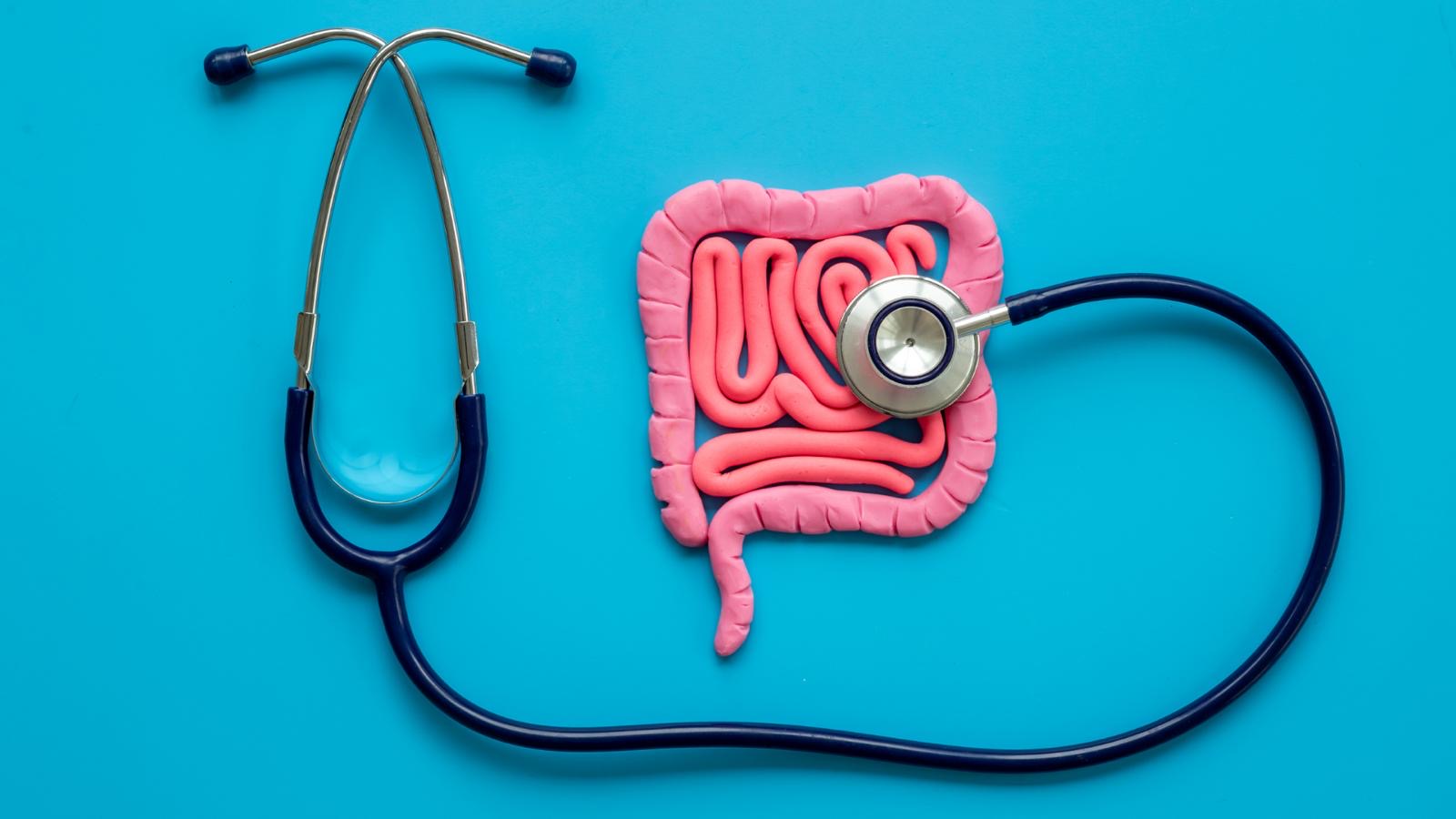
Dietary NeedsGeneral HealthDogsGut Health
What Causes Malabsorption in Dogs?
Feb 08 2024
•
7 mins 40 secs
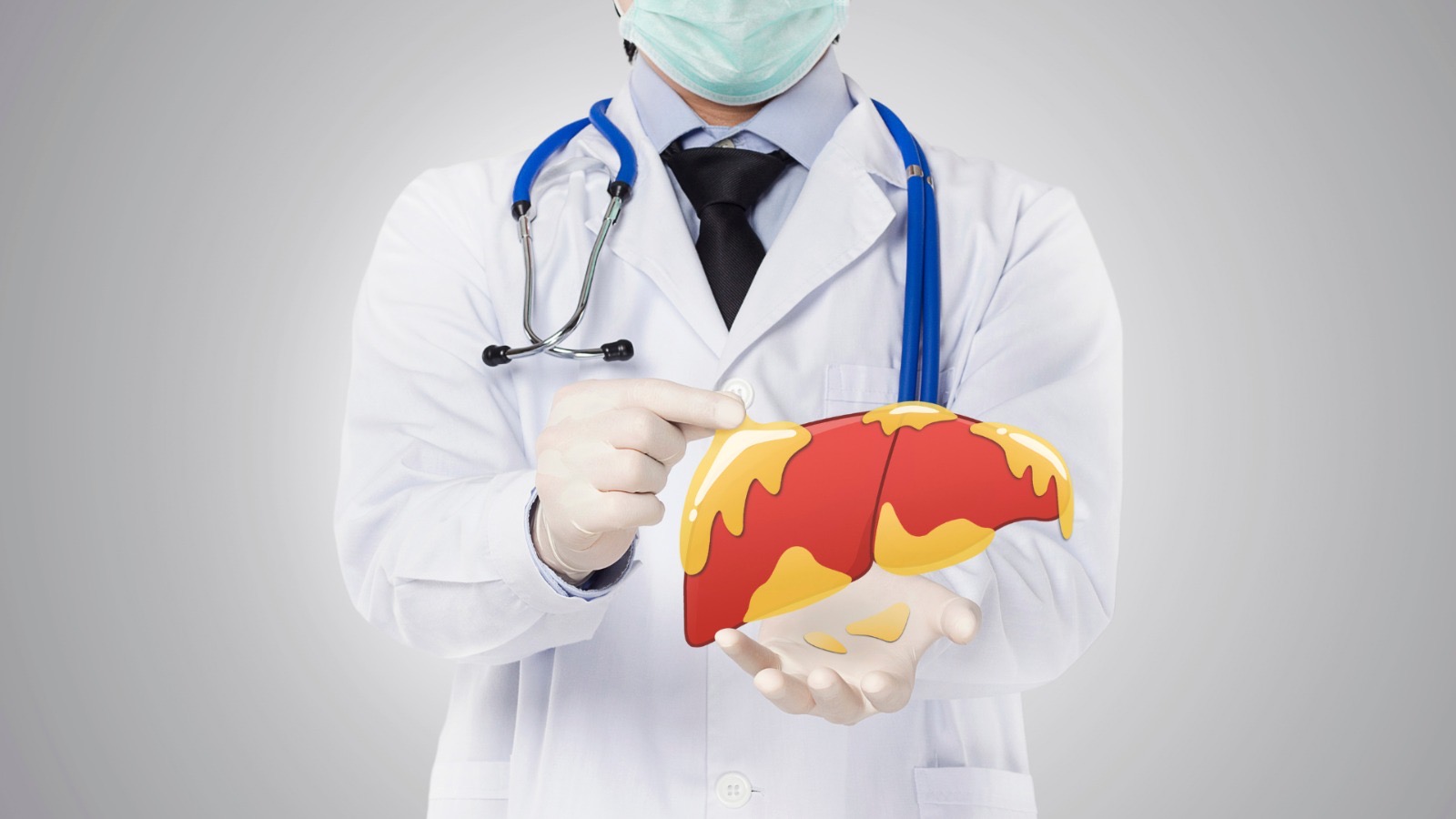
Dietary NeedsGeneral HealthDogsGut Health
How to Support Liver Disease Naturally
Dec 21 2023
•
8 mins 30 secs
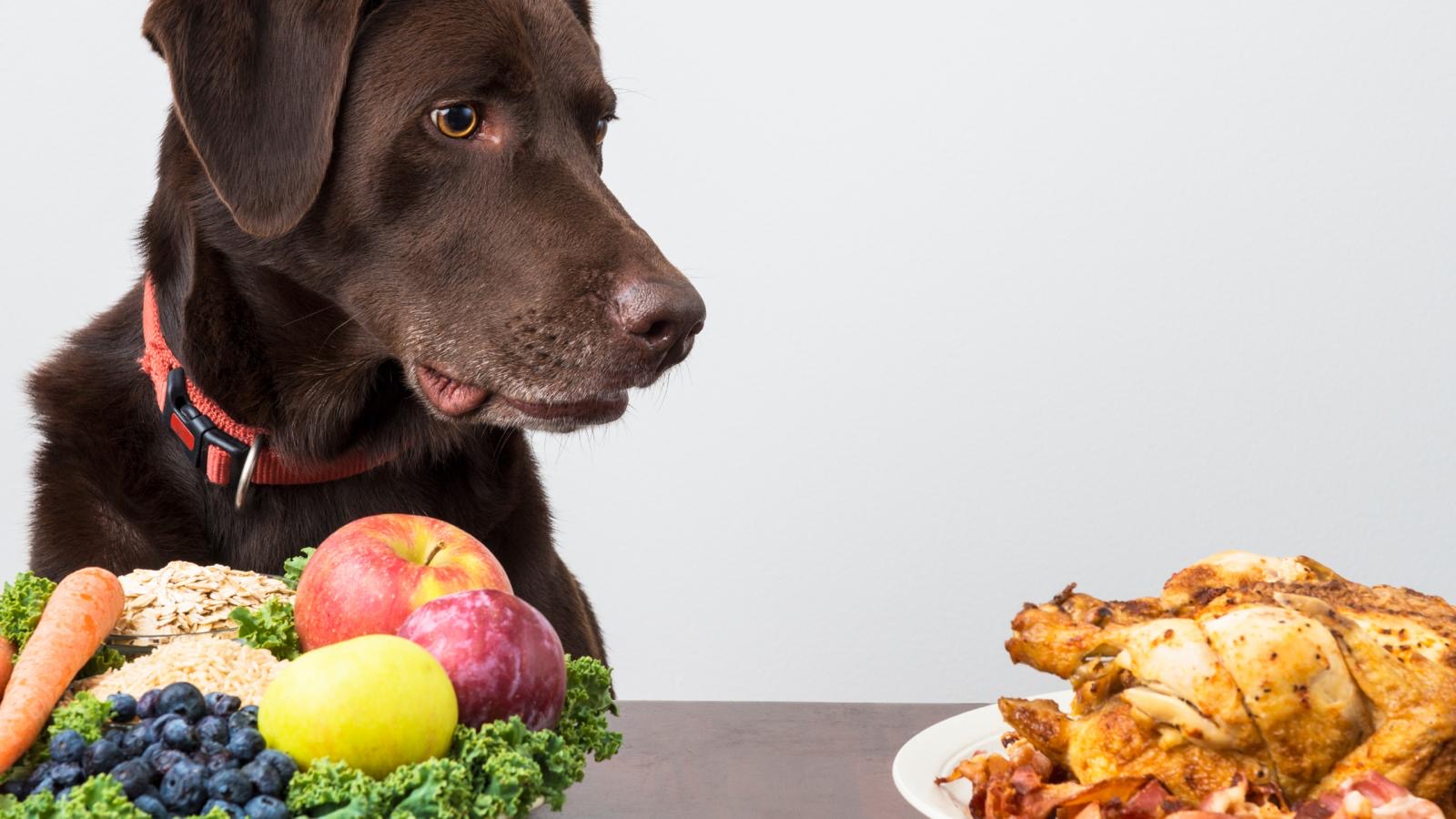
Dietary NeedsGeneral HealthDogsGut Health
How To Strengthen My Dog’s Immune System
Dec 07 2023
•
9 mins 15 secs
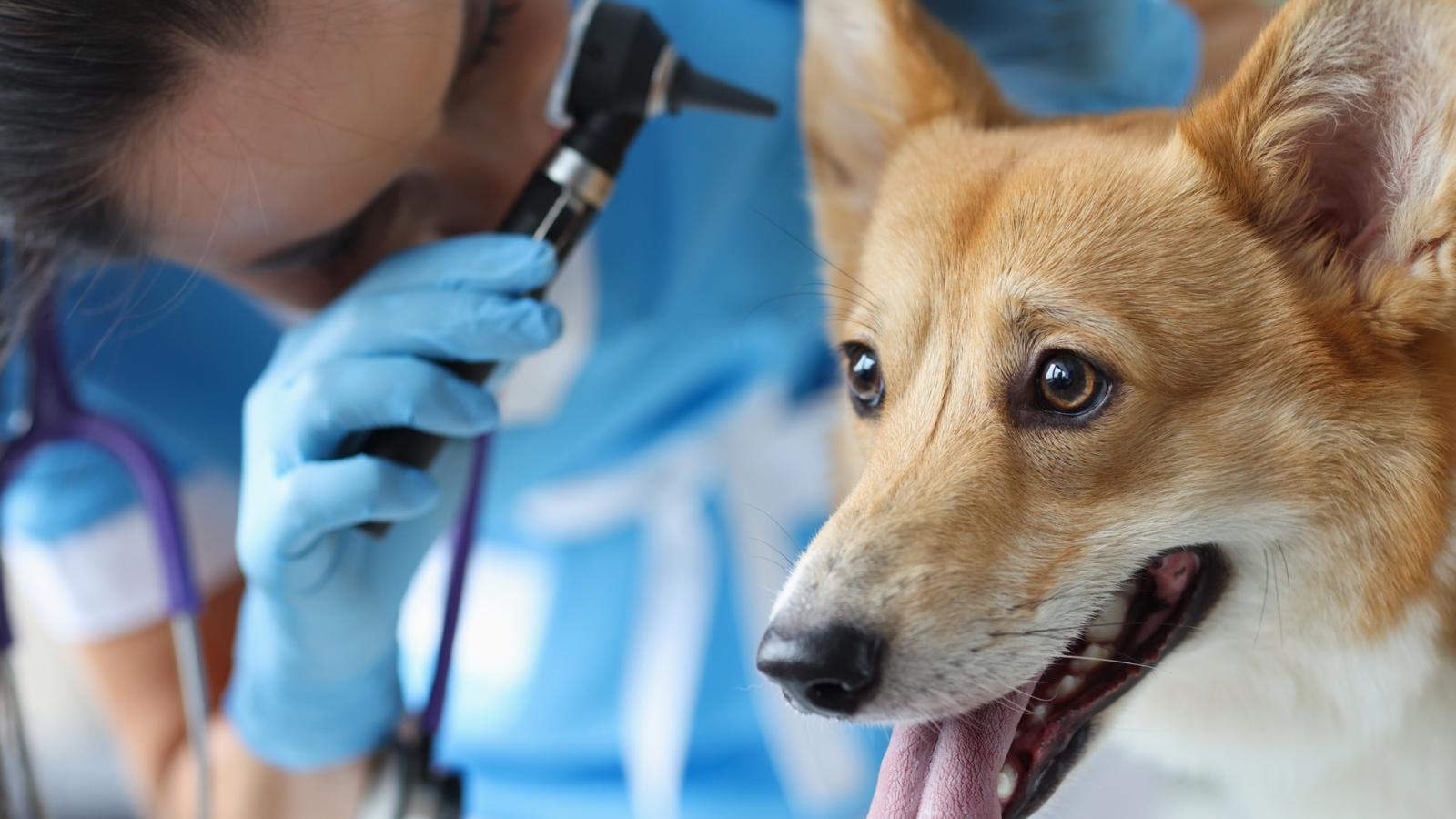
Dietary NeedsGeneral HealthDogsGut Health
The Ultimate Guide to Graves Disease in Pets
Nov 30 2023
•
11 mins
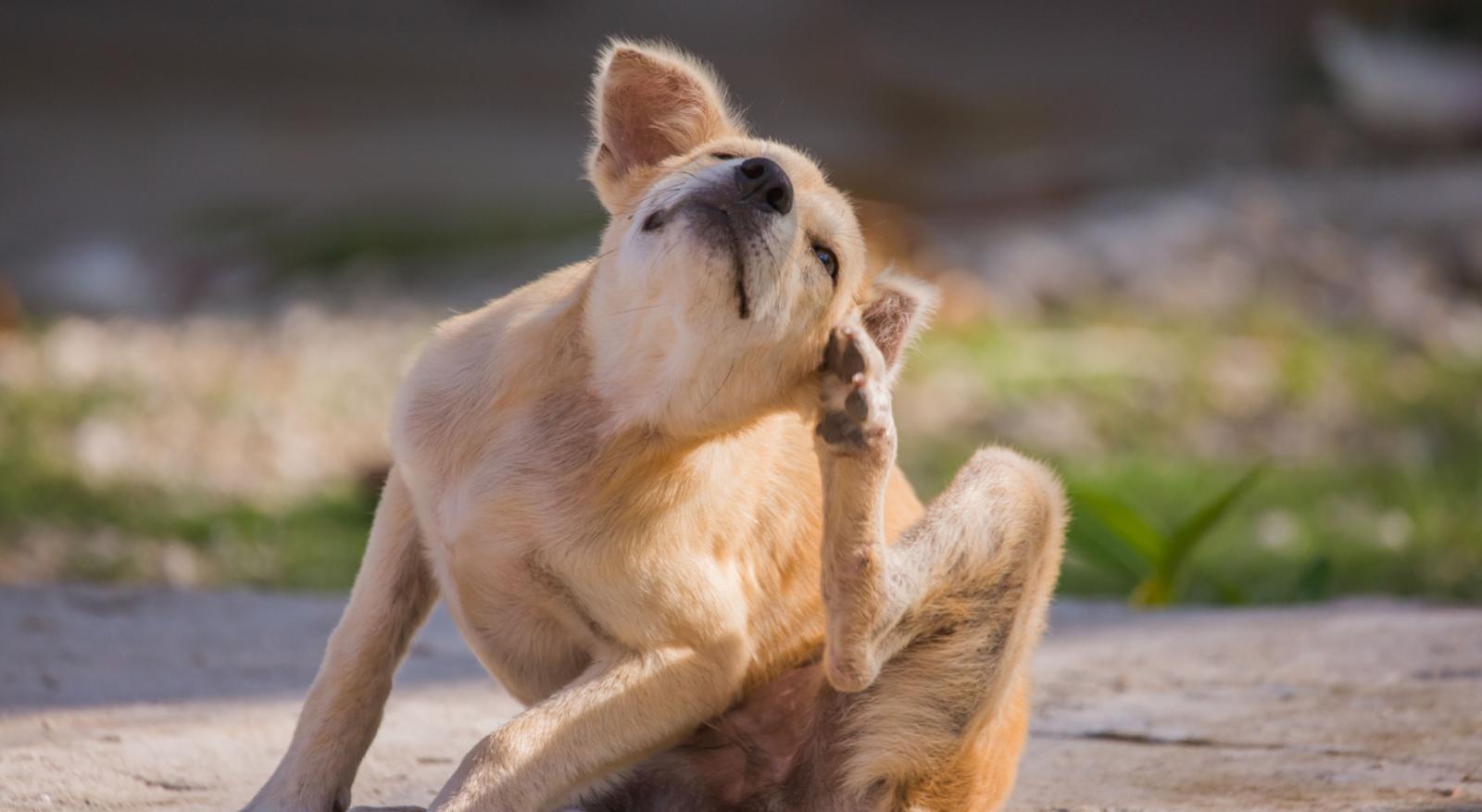
Dietary NeedsGeneral HealthDogsGut Health
The Low Down on Furunculosis
Nov 09 2023
•
10 mins 45 secs

Dietary NeedsGeneral HealthDogsGut Health
The Lowdown on Lymphoplasmacytic Gastritis
Nov 02 2023
•
6 mins 45 secs
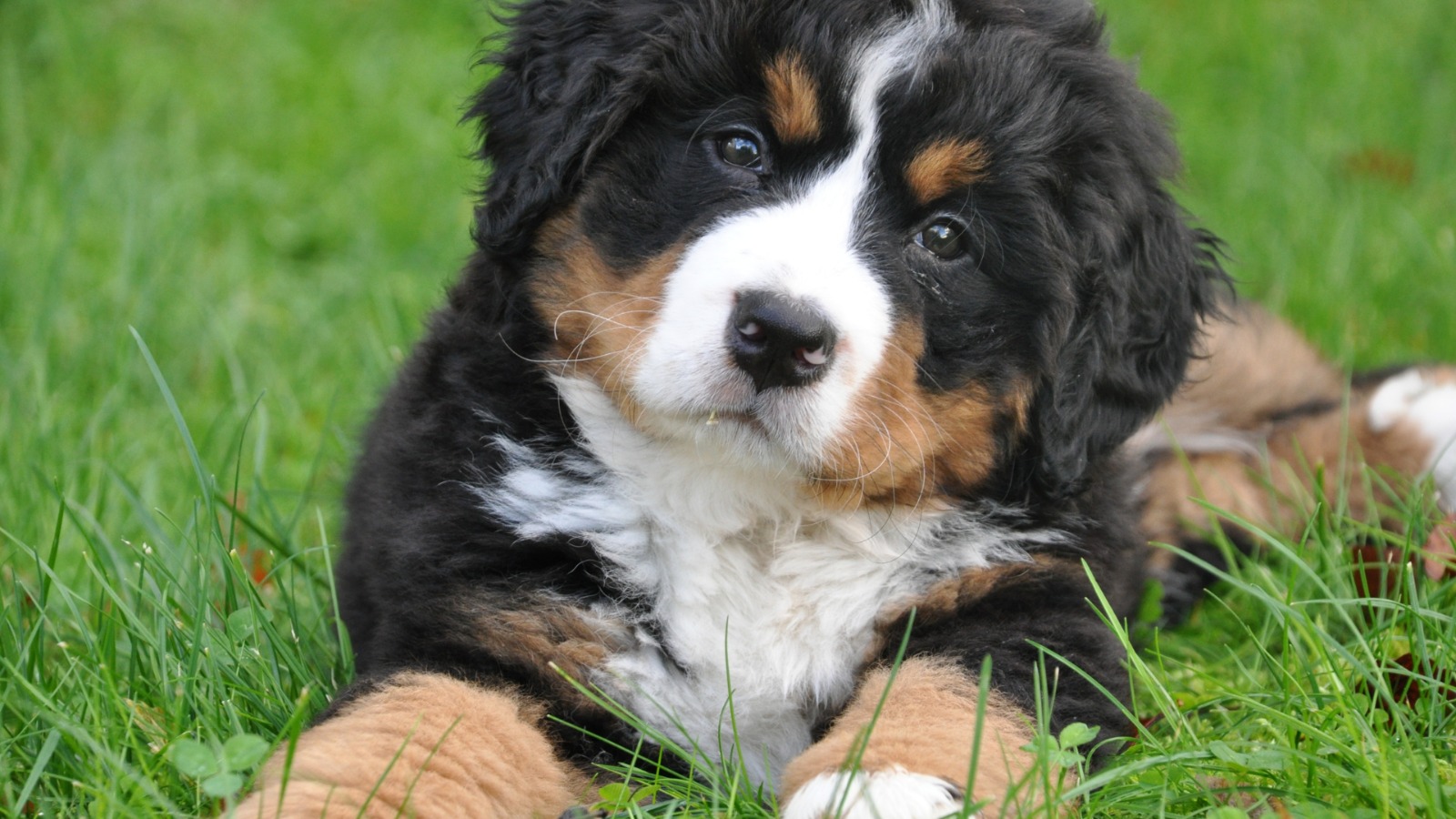
Dietary NeedsGeneral HealthDogsGut Health
How to Help My Yeasty Dog
Oct 26 2023
•
10 mins 30 secs
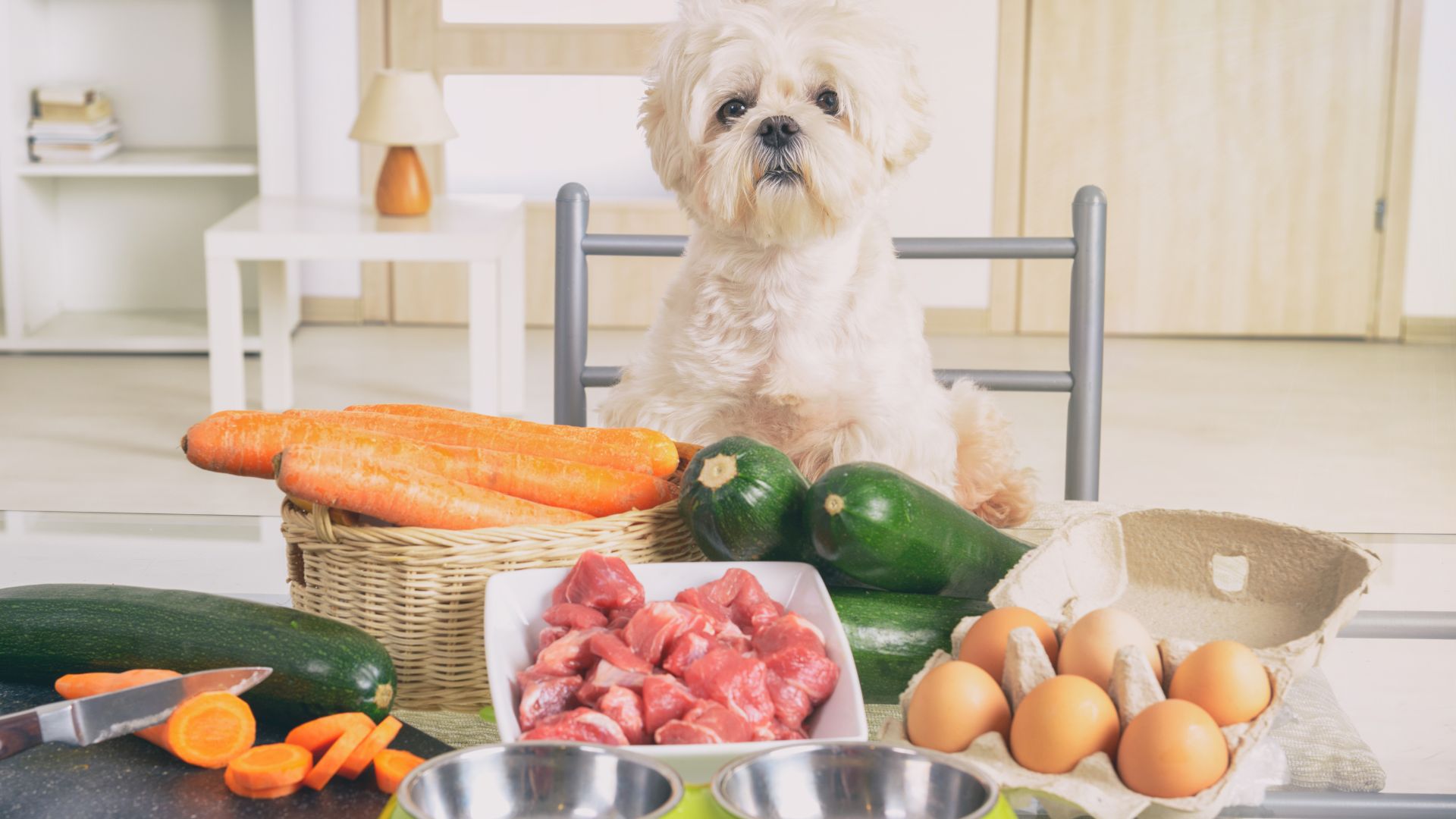
Dietary NeedsGeneral HealthDogsGut Health
Can Food Sensitivities Cause a Pancreatic Flare?
Oct 20 2023
•
5 mins 40 secs

Dietary NeedsGeneral HealthDogsGut Health
Why Does My Dog Have High Folate Levels?
Oct 12 2023
•
8 mins 10 secs
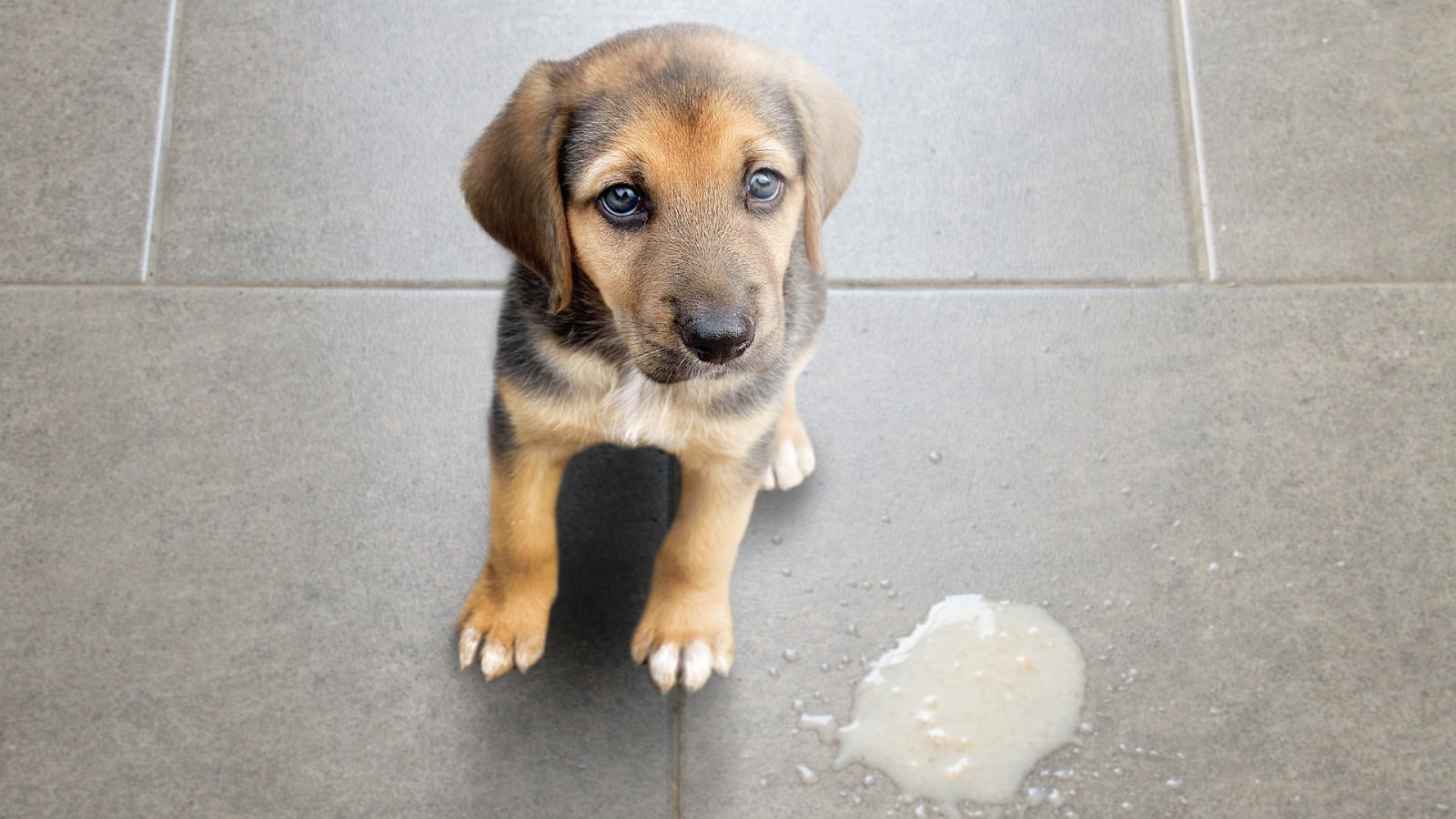
Dietary NeedsGeneral HealthDogsGut Health
What to Feed a Dog When Regurgitating
Sep 21 2023
•
4 mins 45 secs
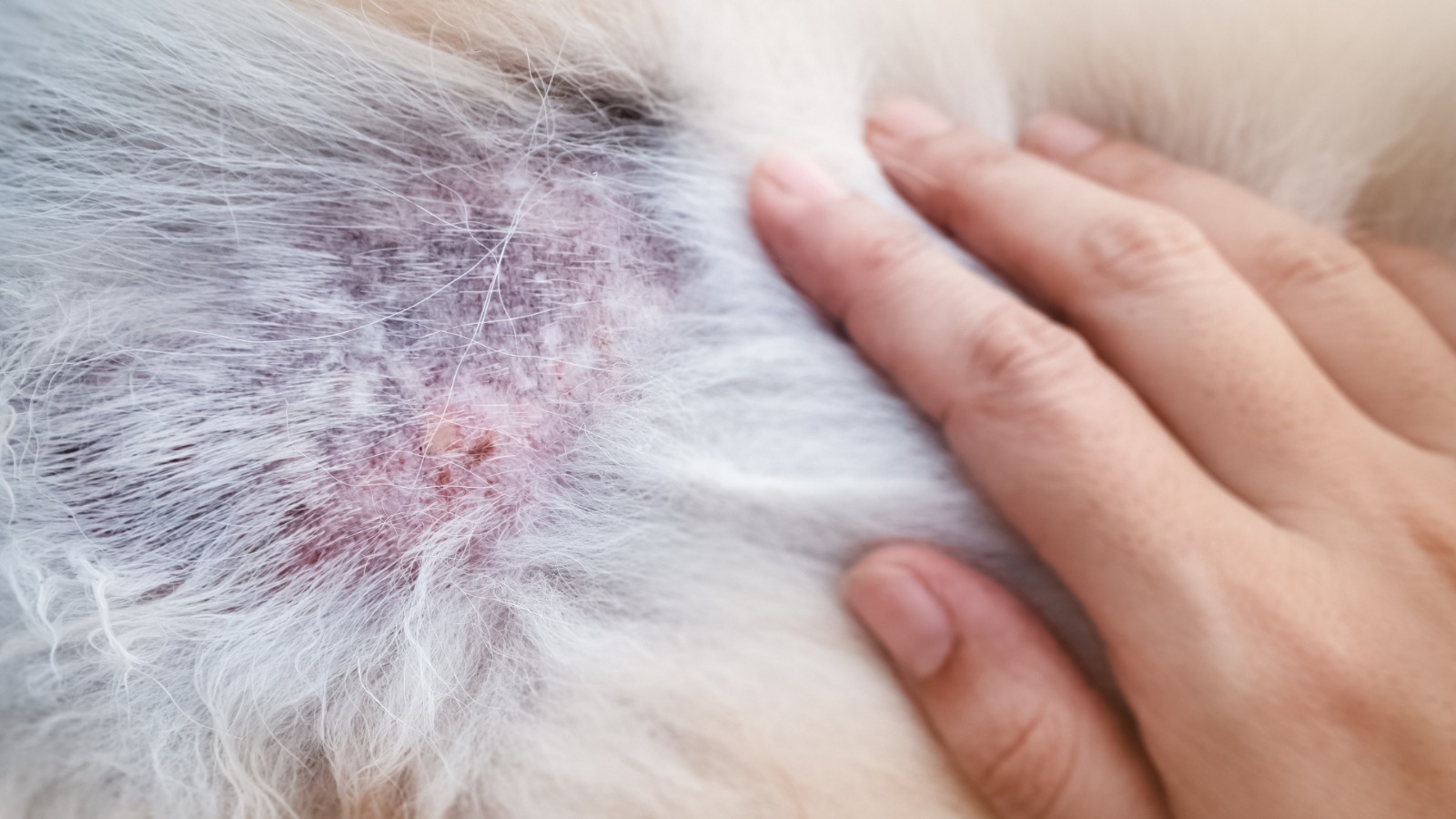
Dietary NeedsGeneral HealthDogsGut Health
Hotspots: What’s Causing Them, and How To Help
Sep 14 2023
•
6 mins 20 secs
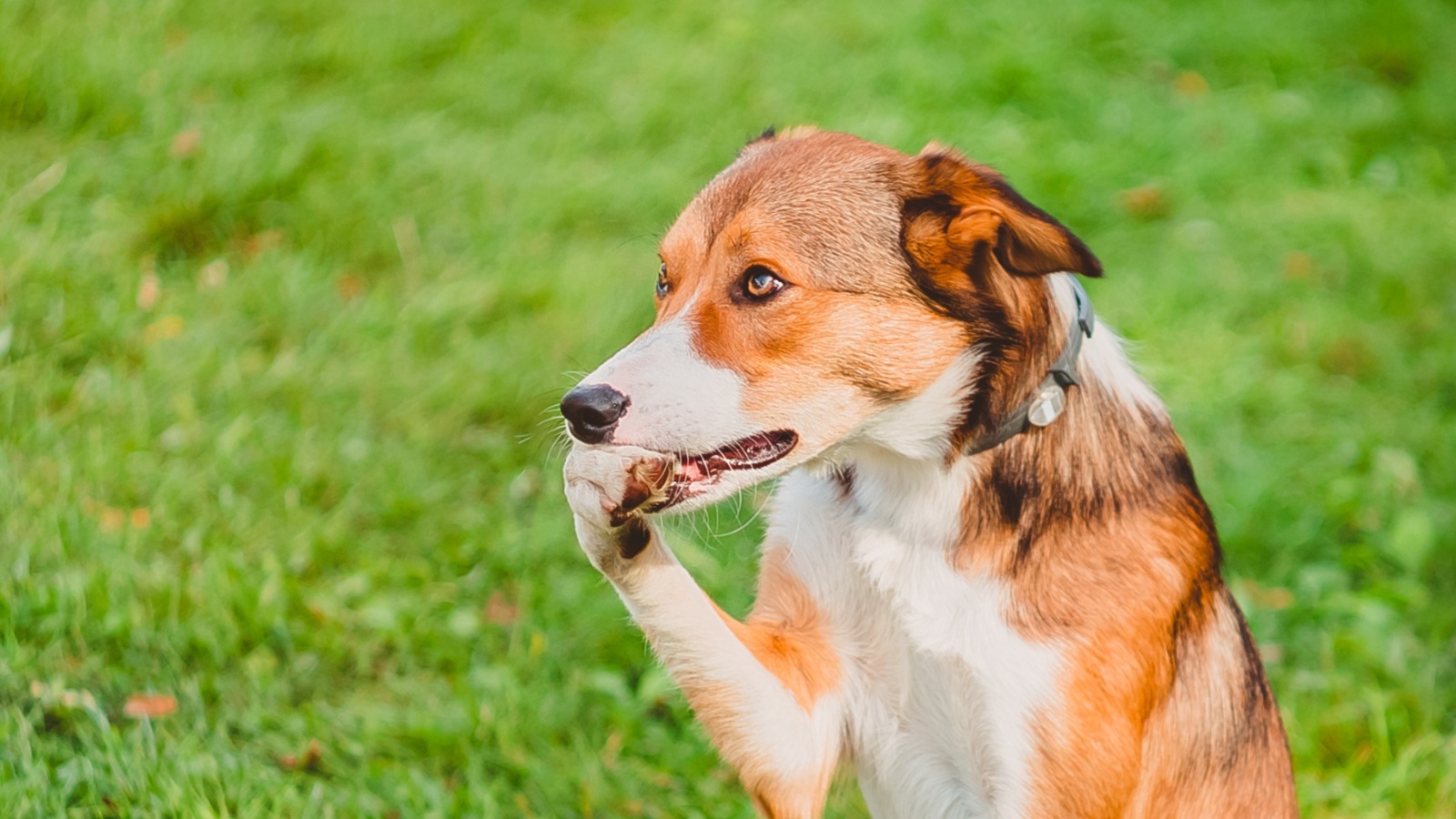
Dietary NeedsGeneral HealthDogsGut Health
7 Reasons Why My Dog is Biting his Paws
Sep 06 2023
•
7 mins 40 secs
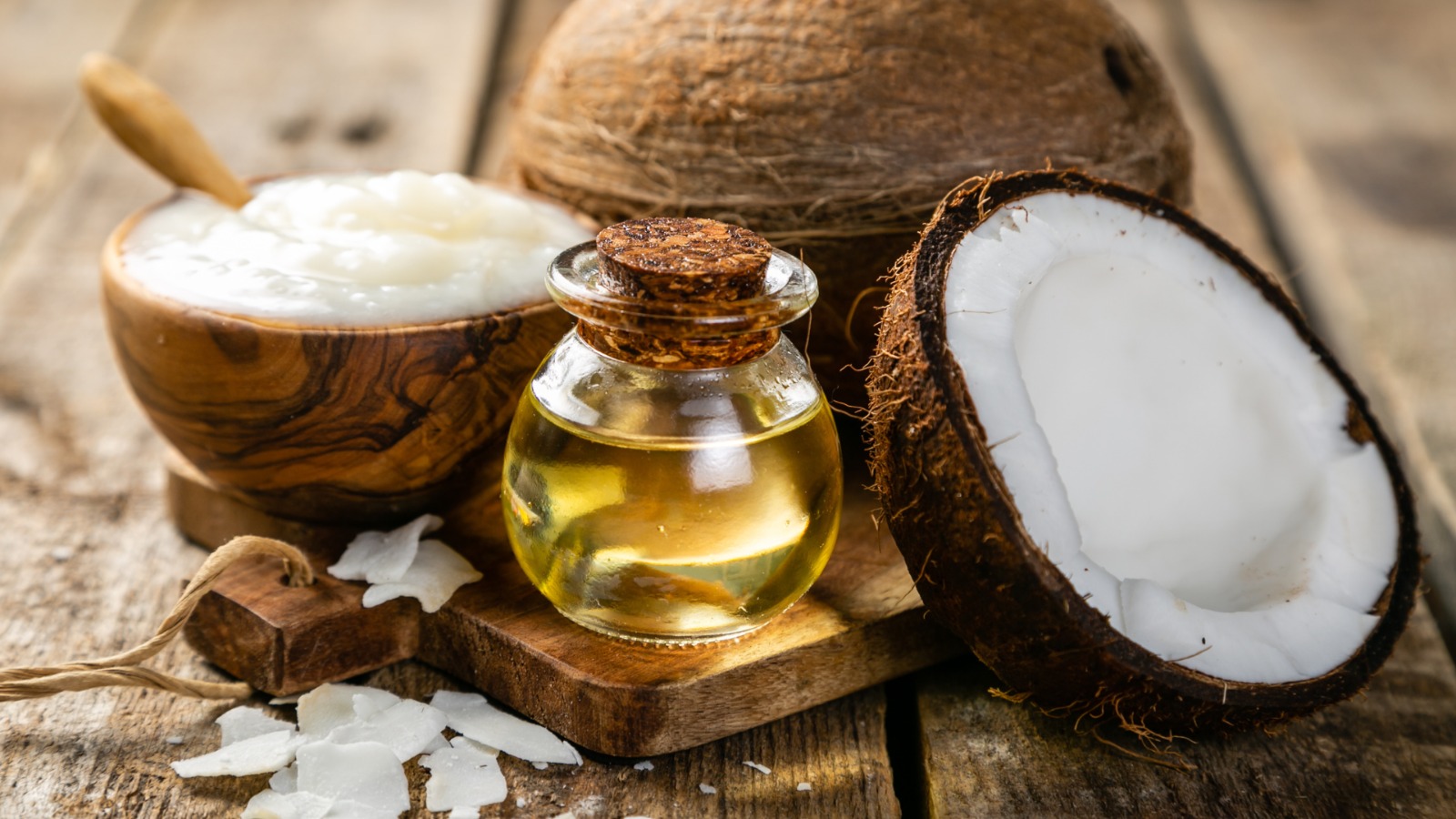
Dietary NeedsGeneral HealthDogsGut Health
Is Coconut Oil Good, or Bad for My Dog?
Aug 31 2023
•
4 mins 40 secs
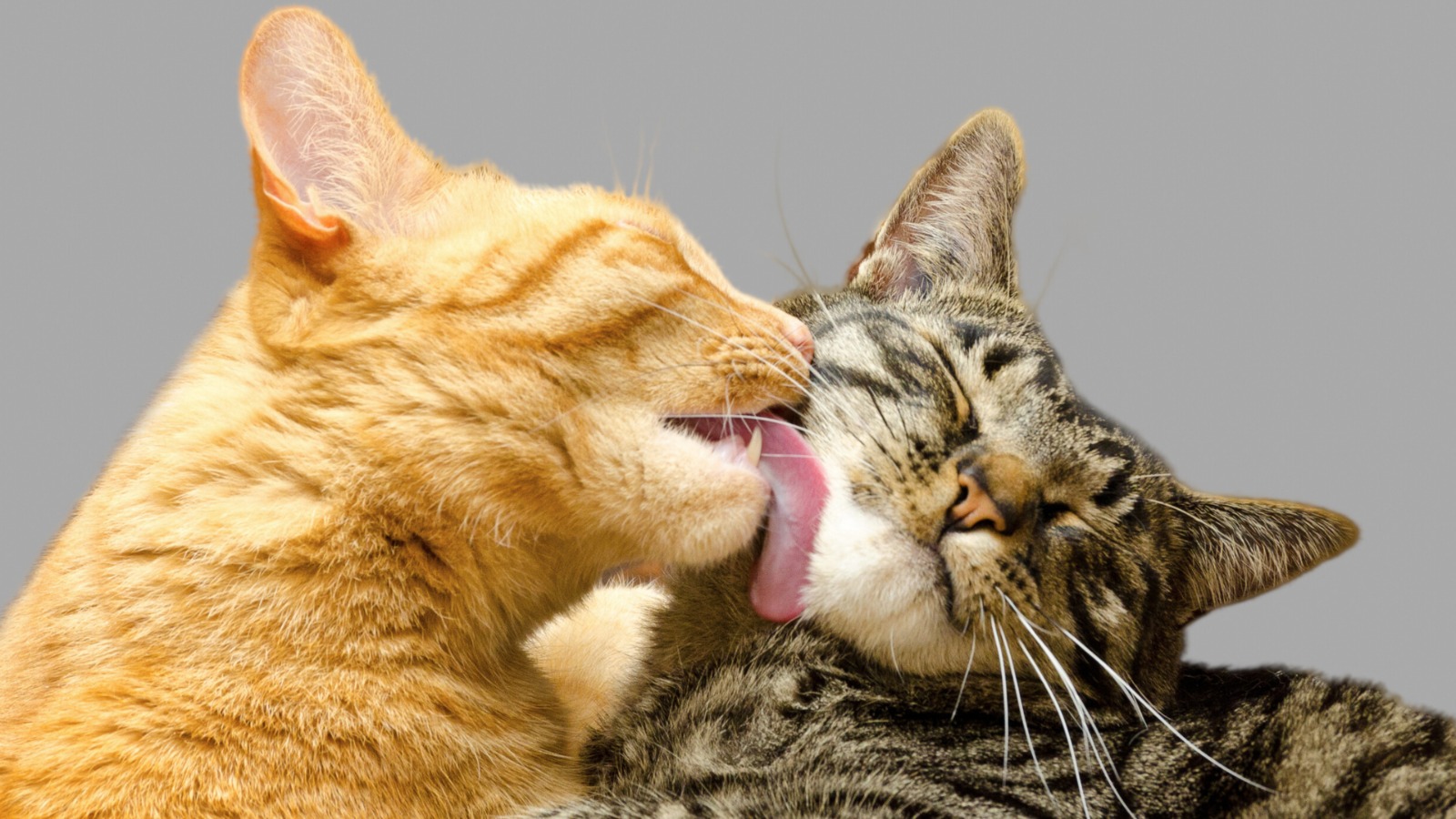
Dietary NeedsGeneral HealthDogsGut Health
HELP, my Cat has Furballs!
Aug 17 2023
•
4 mins 50 secs
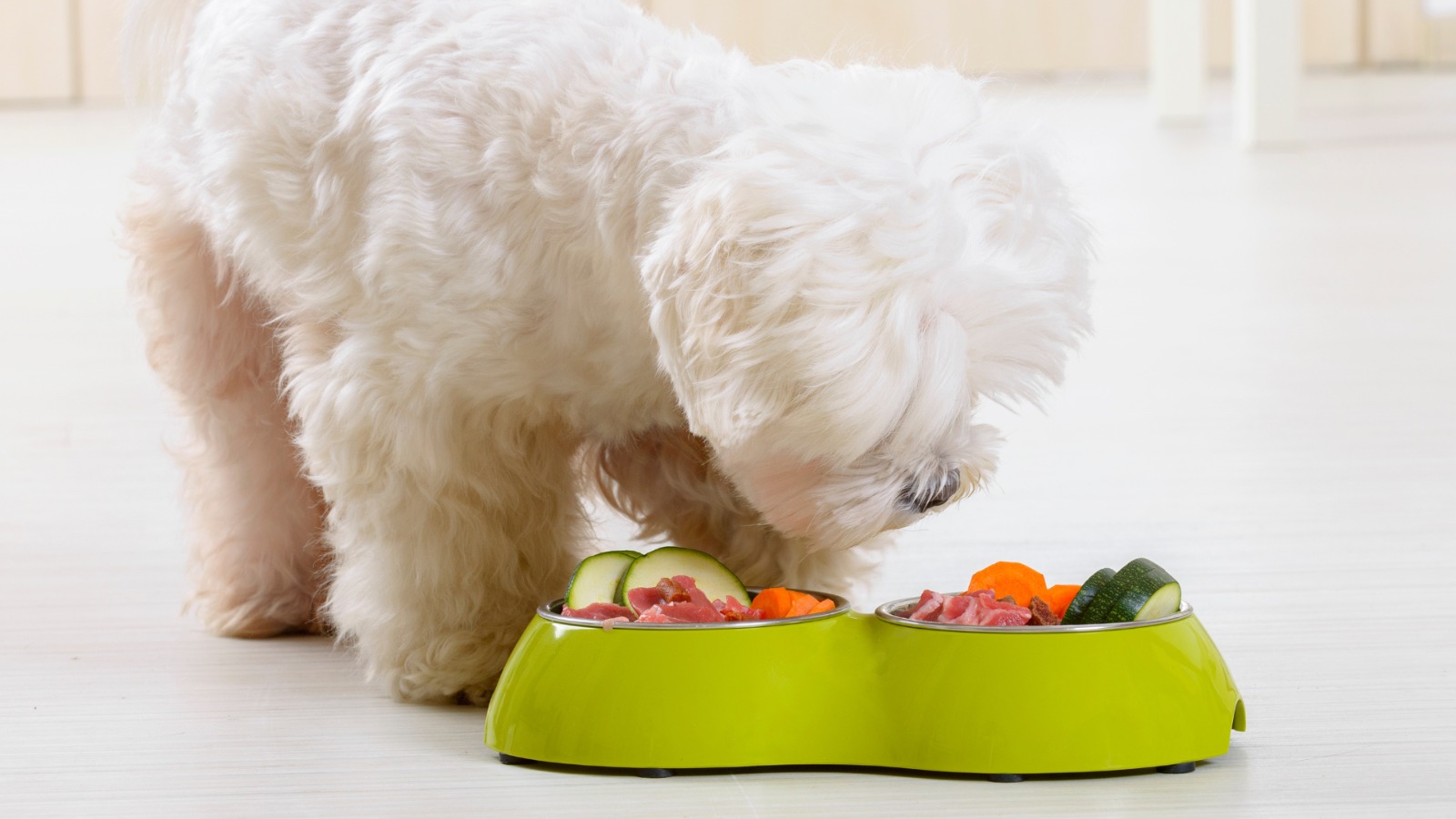
Dietary NeedsGeneral HealthDogsGut Health
Should I Feed Vegetables to my Pet?
Aug 10 2023
•
5 mins 30 secs

Dietary NeedsGeneral HealthDogsGut Health
What Should I Feed My Dog with Acid Reflux?
Jul 26 2023
•
4 mins 15 secs

Dietary NeedsGeneral HealthDogsGut Health
Help! My Pet Keeps Sneezing!
Jun 30 2023
•
5 mins 45 secs
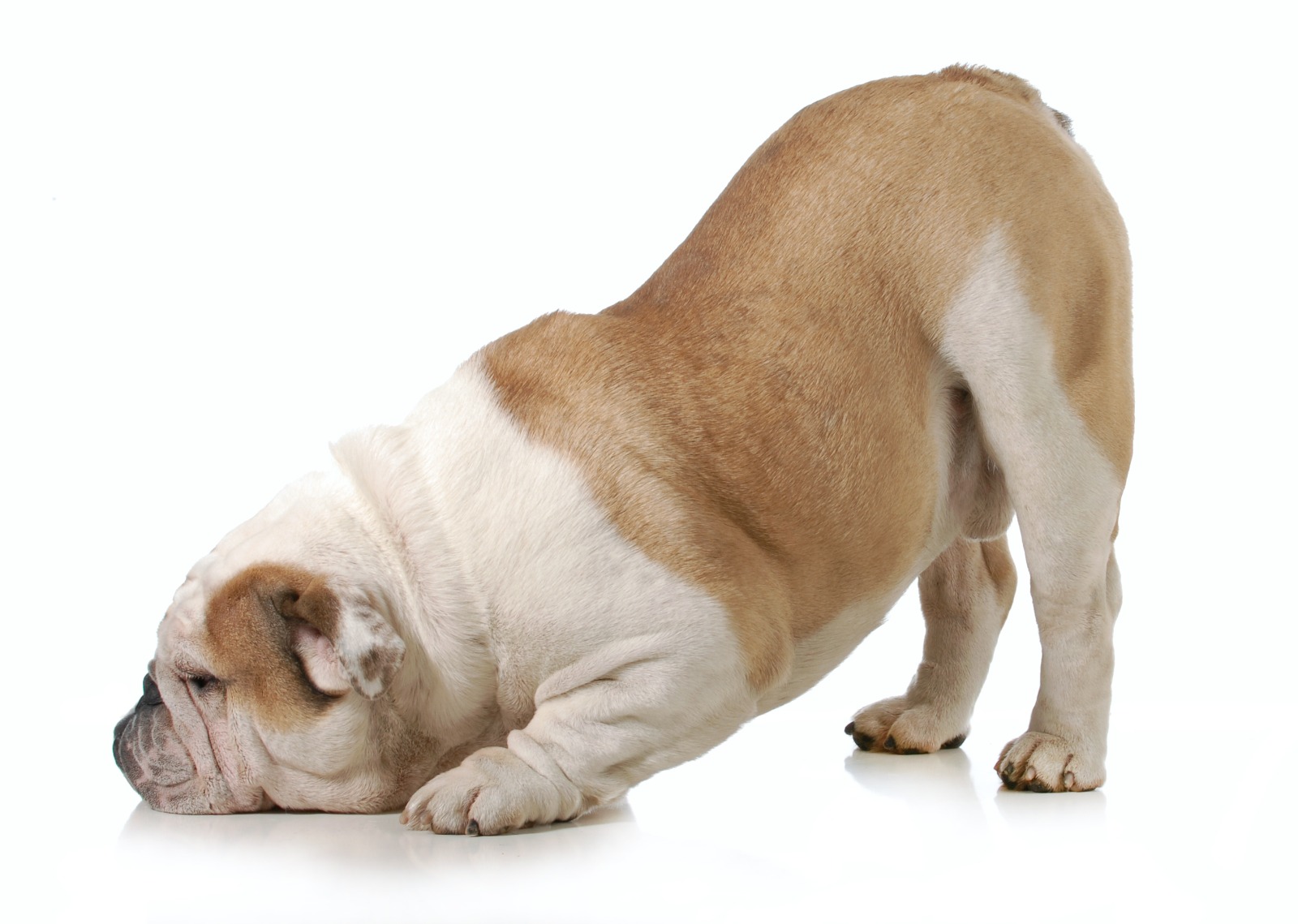
Dietary NeedsGeneral HealthDogsGut Health
Gallstones, and Why Your Dog Has Them
Jun 22 2023
•
6 mins 40 secs
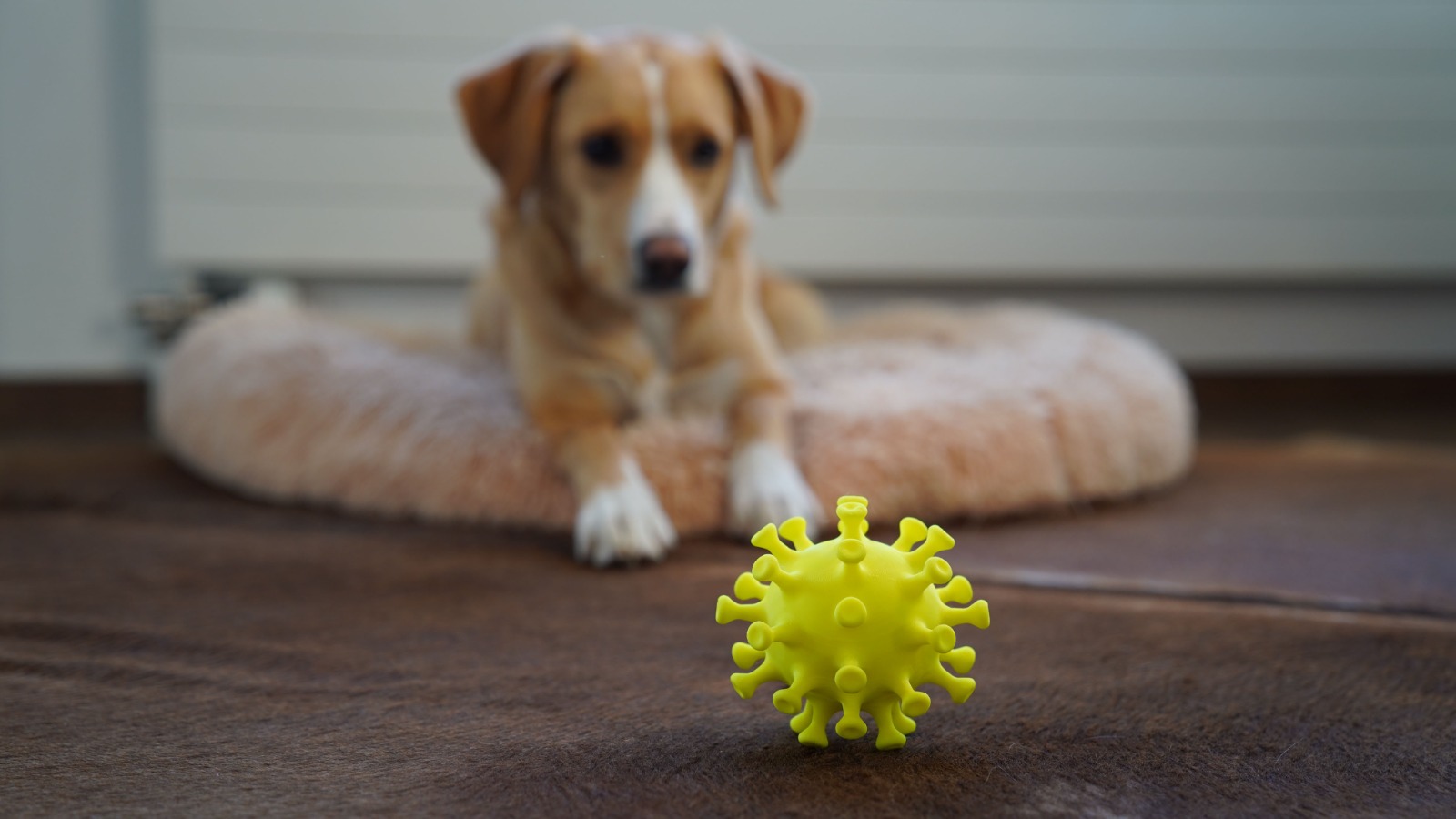
Dietary NeedsGeneral HealthDogsGut Health
5 Cornerstones of Immunity for your Pet
Jun 15 2023
•
6 mins
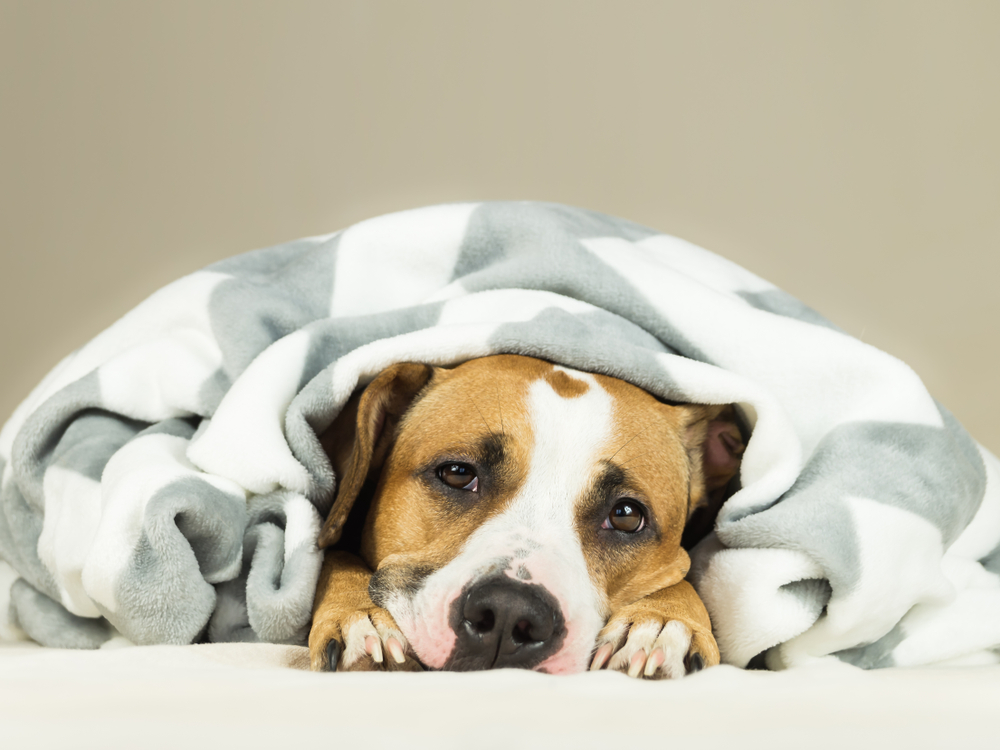
Dietary NeedsGeneral HealthDogsGut Health
Why Does My Dog Keep Being Sick?
May 22 2023
•
7 mins 20 secs

Dietary NeedsGeneral HealthDogsGut Health
Help! My Dog Is Constipated!
Apr 13 2023
•
6 mins

Dietary NeedsGeneral HealthDogsGut Health
2 Types of Autoimmune Arthritis
Mar 01 2023
•
5 mins
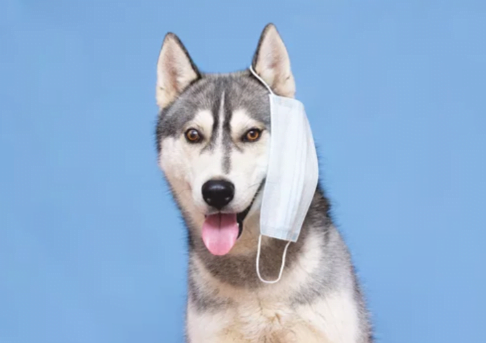
Dietary NeedsGeneral HealthDogsGut Health
7 Factors Affecting Immunity
Feb 27 2023
•
8 mins 30 secs

Dietary NeedsGeneral HealthDogsGut Health
The Link Between Leaky Gut and Arthritis
Jan 31 2023
•
9 mins 40 secs
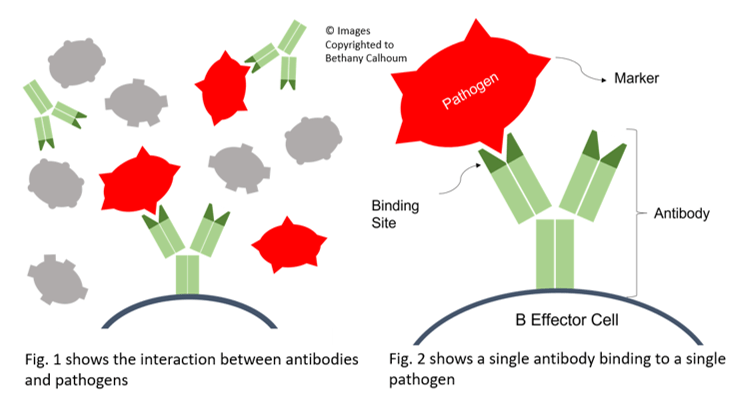
Dietary NeedsGeneral HealthDogsGut Health
The Connection Between Leaky Gut and Autoimmunity – Part 2
Jan 18 2023
•
7 mins 30 secs
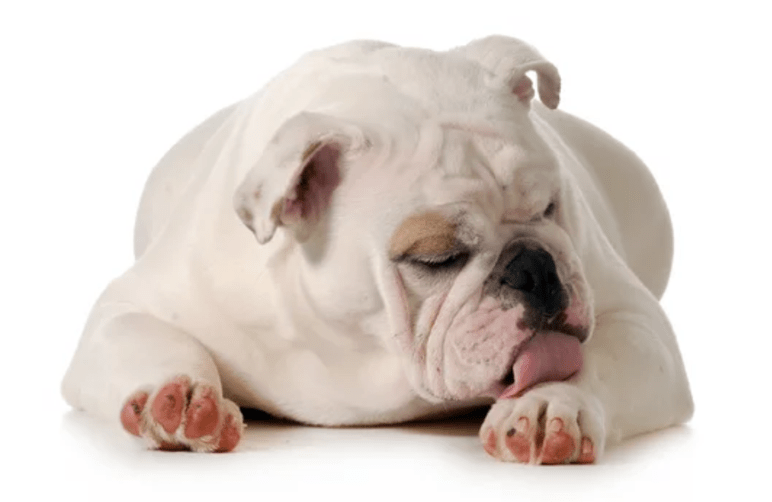
Dietary NeedsGeneral HealthDogsGut Health
The Connection Between Leaky Gut and Autoimmunity – Part 1
Jan 18 2023
•
4 mins

Dietary NeedsGeneral HealthDogsGut Health
11 Signs Your Pet Has Low Stomach Acid
Jan 04 2023
•
6 mins 30 secs
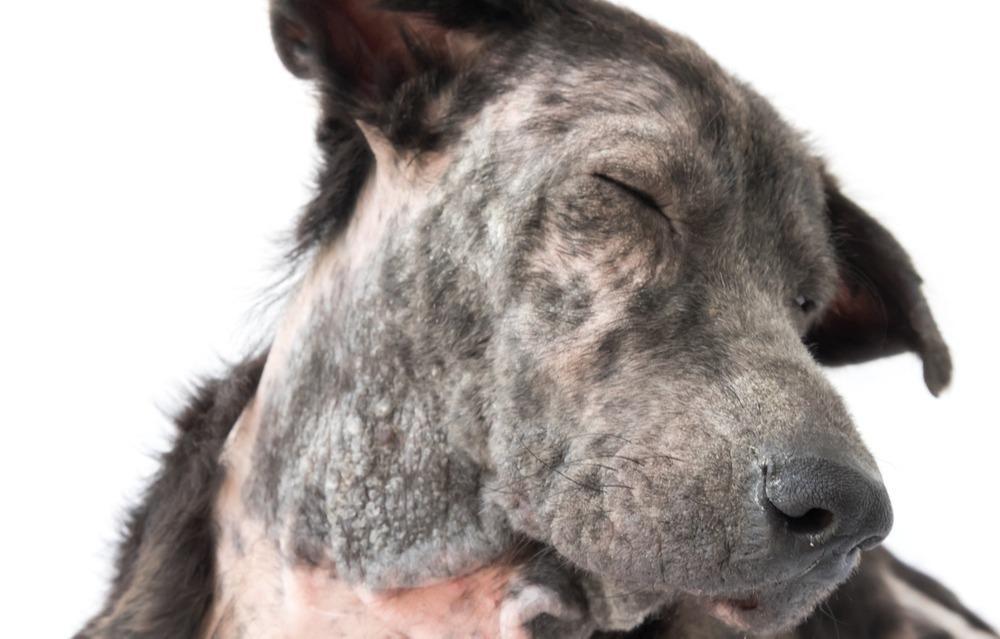
Dietary NeedsGeneral HealthDogsGut Health
5 Reasons for Alopecia in Pets
Nov 16 2022
•
4 mins 30 secs

Dietary NeedsGeneral HealthDogsGut Health
How Can I Use Food To Support My Anxious Dog?
Nov 01 2022
•
3 mins 40 secs

Dietary NeedsGeneral HealthDogsGut Health
How Does The Gut Influence My Pet’s Immune Health
Aug 23 2022
•
4 mins
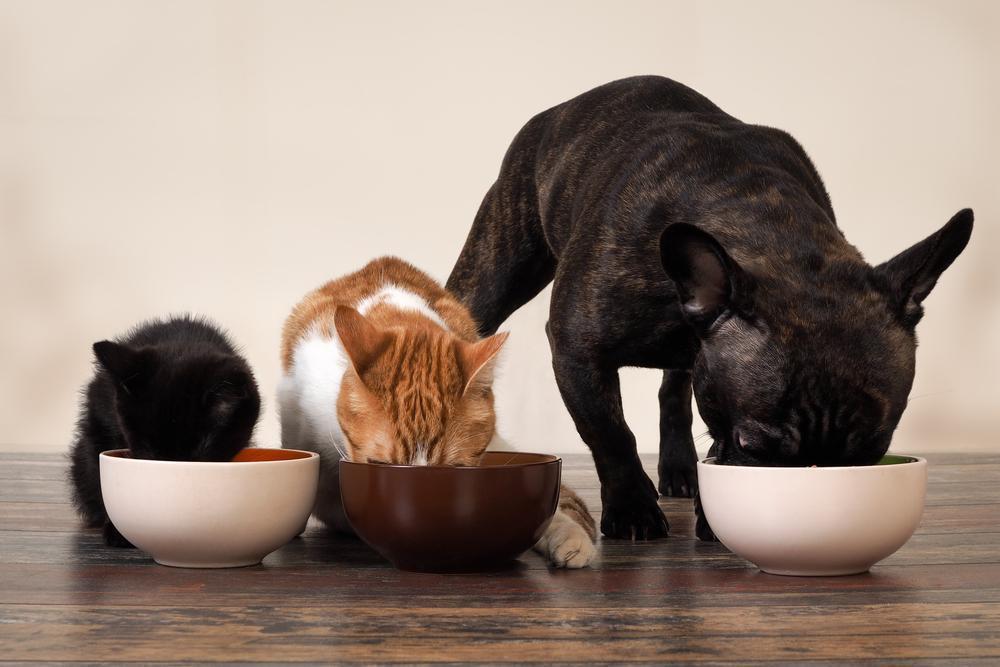
Dietary NeedsGeneral HealthDogsGut Health
Support Your Pet’s Gut Health with the 4 R’s
Aug 22 2022
•
4 mins
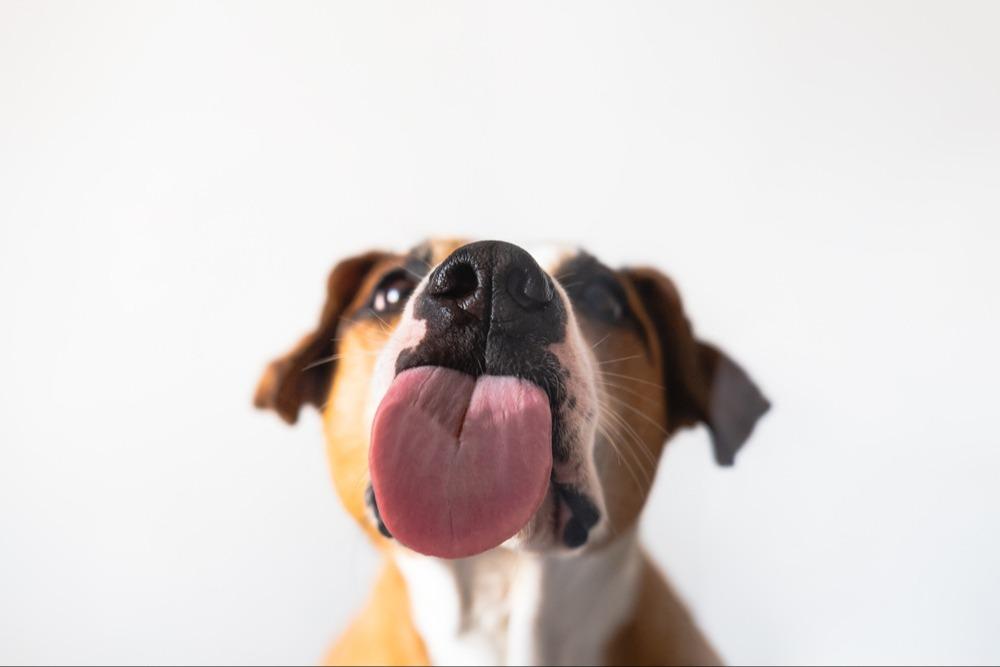
Dietary NeedsGeneral HealthDogsGut Health
8 Reasons For Your Dog’s Licking Behaviour
Aug 02 2022
•
7 mins 20 secs
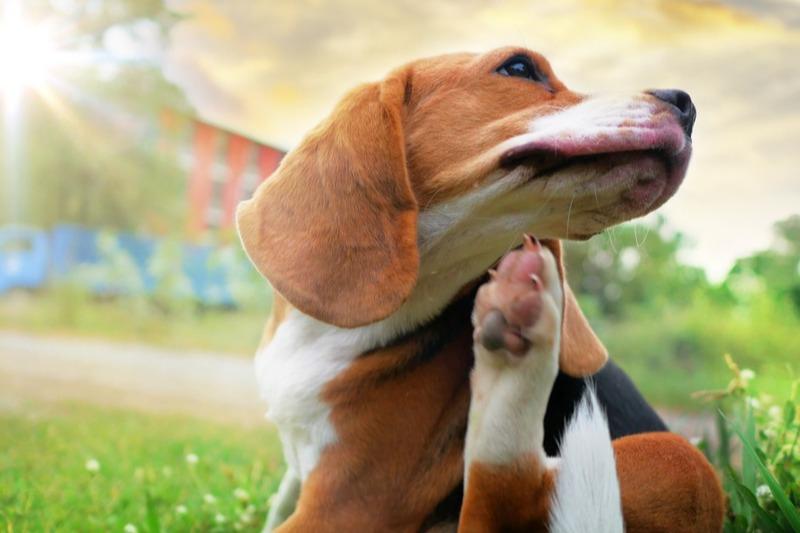
Dietary NeedsGeneral HealthDogsGut Health
Things To Think About: Skin Health in Dogs
Aug 01 2022
•
7 mins 30 secs

Dietary NeedsGeneral HealthDogsGut Health
Should I Feed My Dog, Chicken and Rice?
Jun 27 2022
•
5 mins 37 secs

Dietary NeedsGeneral HealthDogsGut Health
A Systems Approach to Digestive Health in Pets
May 31 2022
•
5 mins 44 secs

Dietary NeedsGeneral HealthDogsGut Health
Does My Dog Have an Allergy or an Intolerance?
May 10 2022
•
4 mins 42 secs
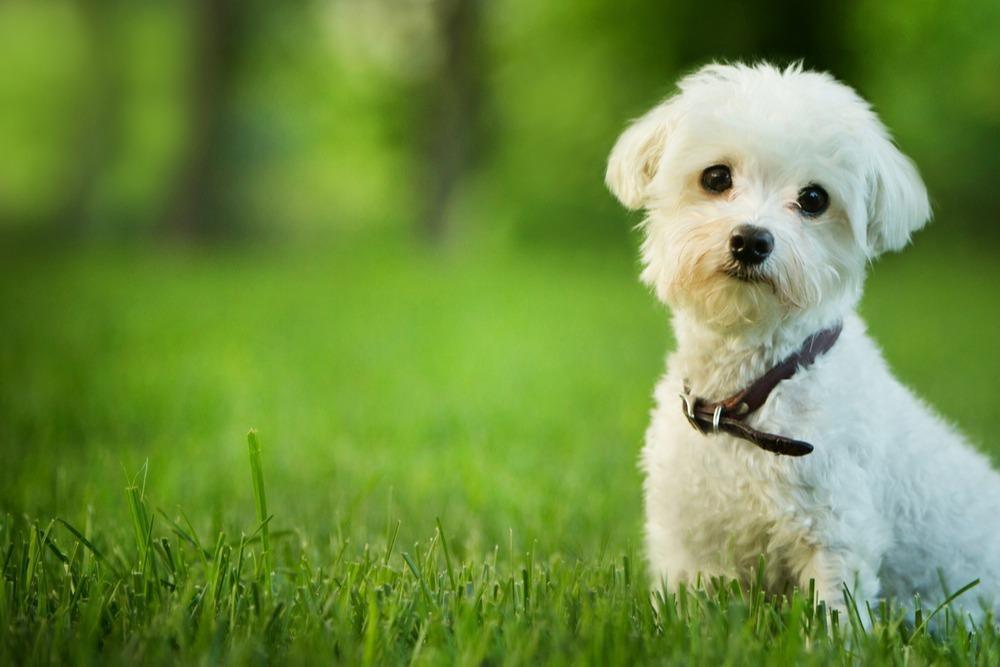
Dietary NeedsGeneral HealthDogsGut Health
5 Tips to Support Your Seasonally Itchy Dog
Apr 26 2022
•
4 mins 50 secs
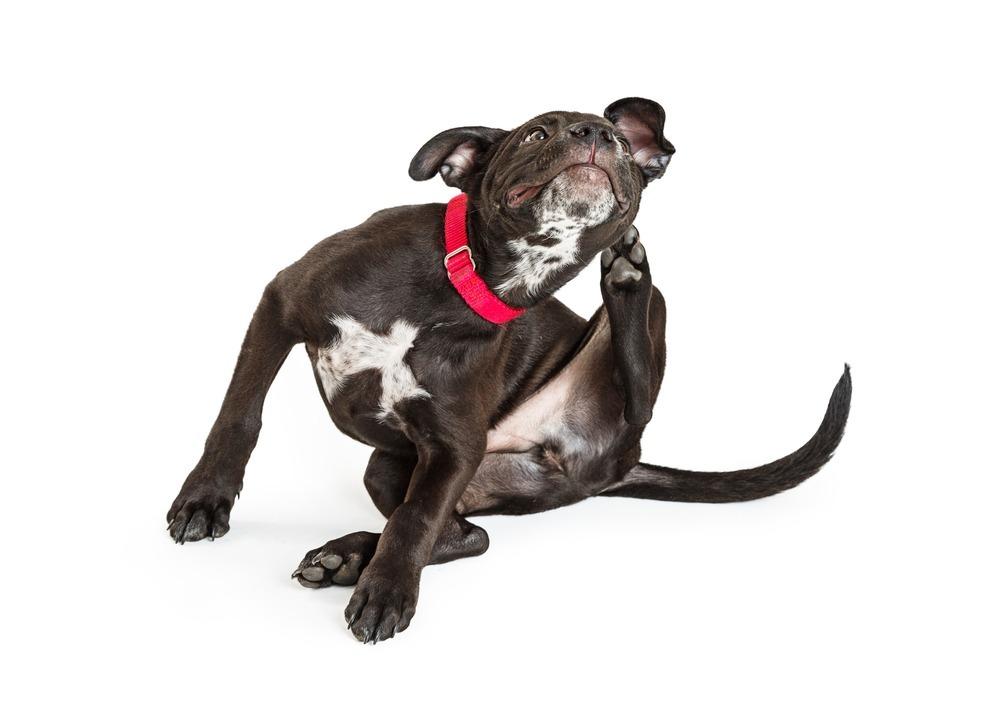
Dietary NeedsGeneral HealthDogsGut Health
Why Do Allergies in Dogs Develop?
Apr 21 2022
•
5 mins 36 secs
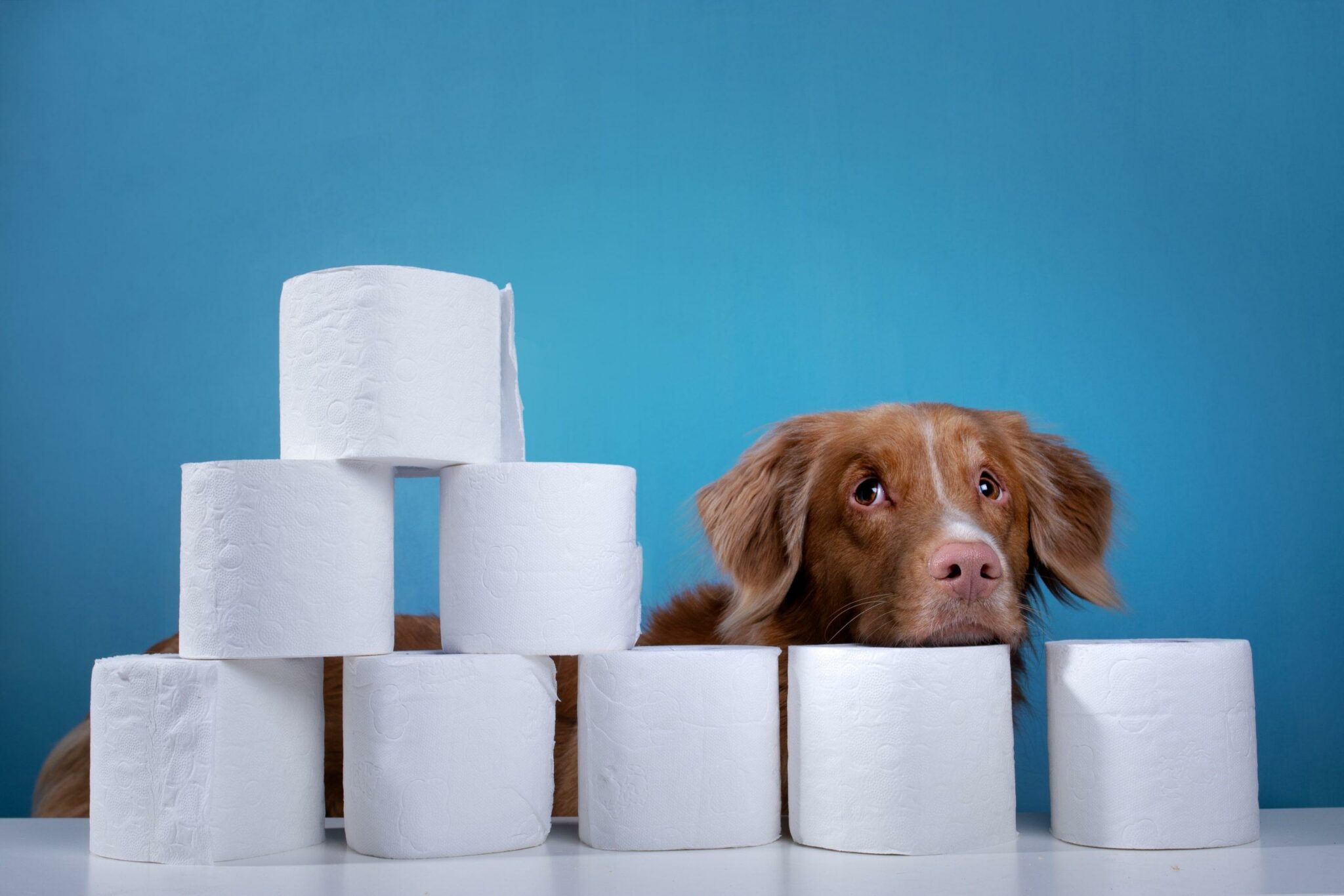
Dietary NeedsGeneral HealthDogsGut Health
4 Tips to Support Your Dog with IBS
Apr 19 2022
•
3 mins 45 secs
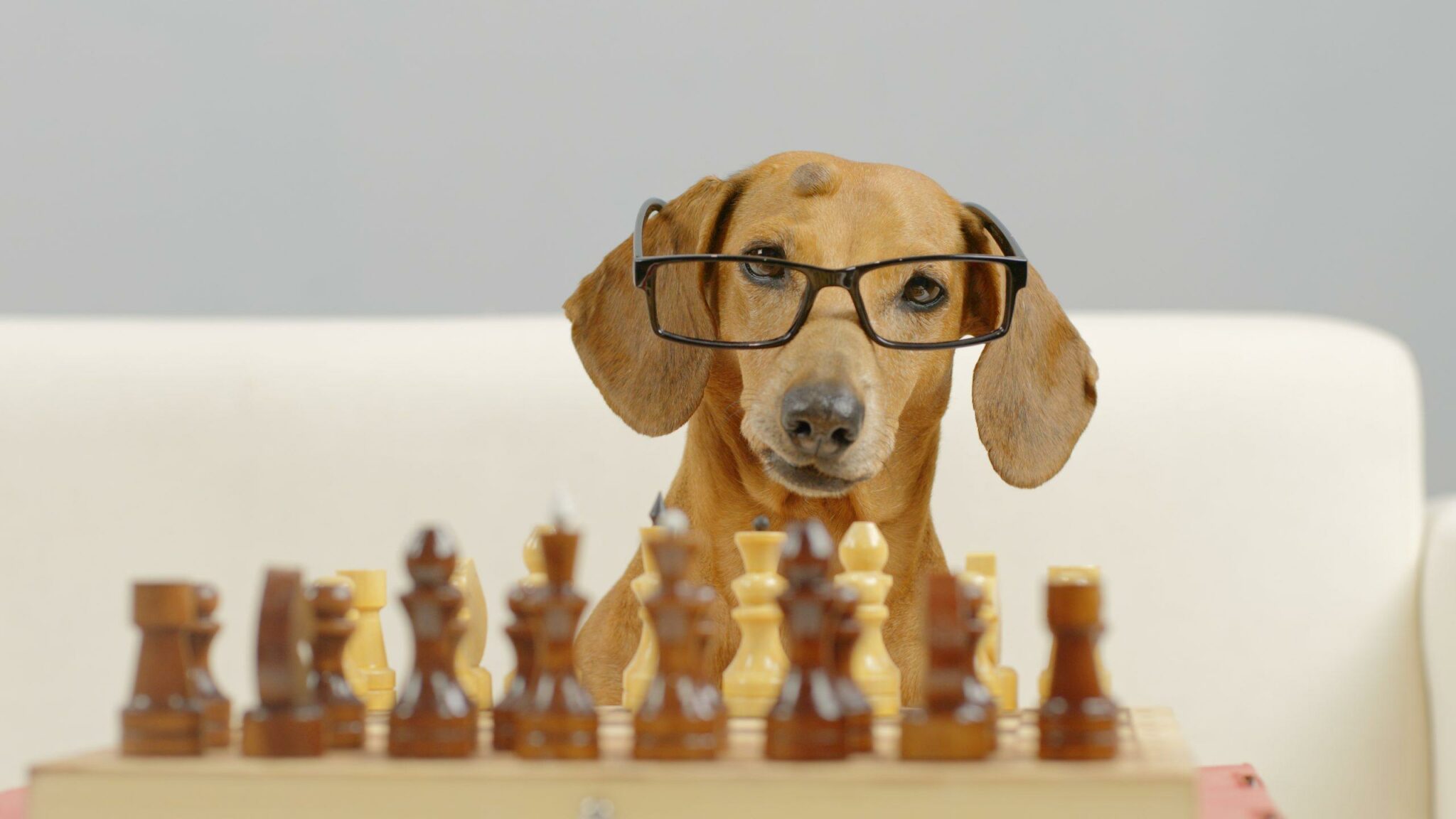
Dietary NeedsGeneral HealthDogsGut Health
Does My Dog Have a Gut-Brain Axis?
Mar 28 2022
•
6 mins 7 secs
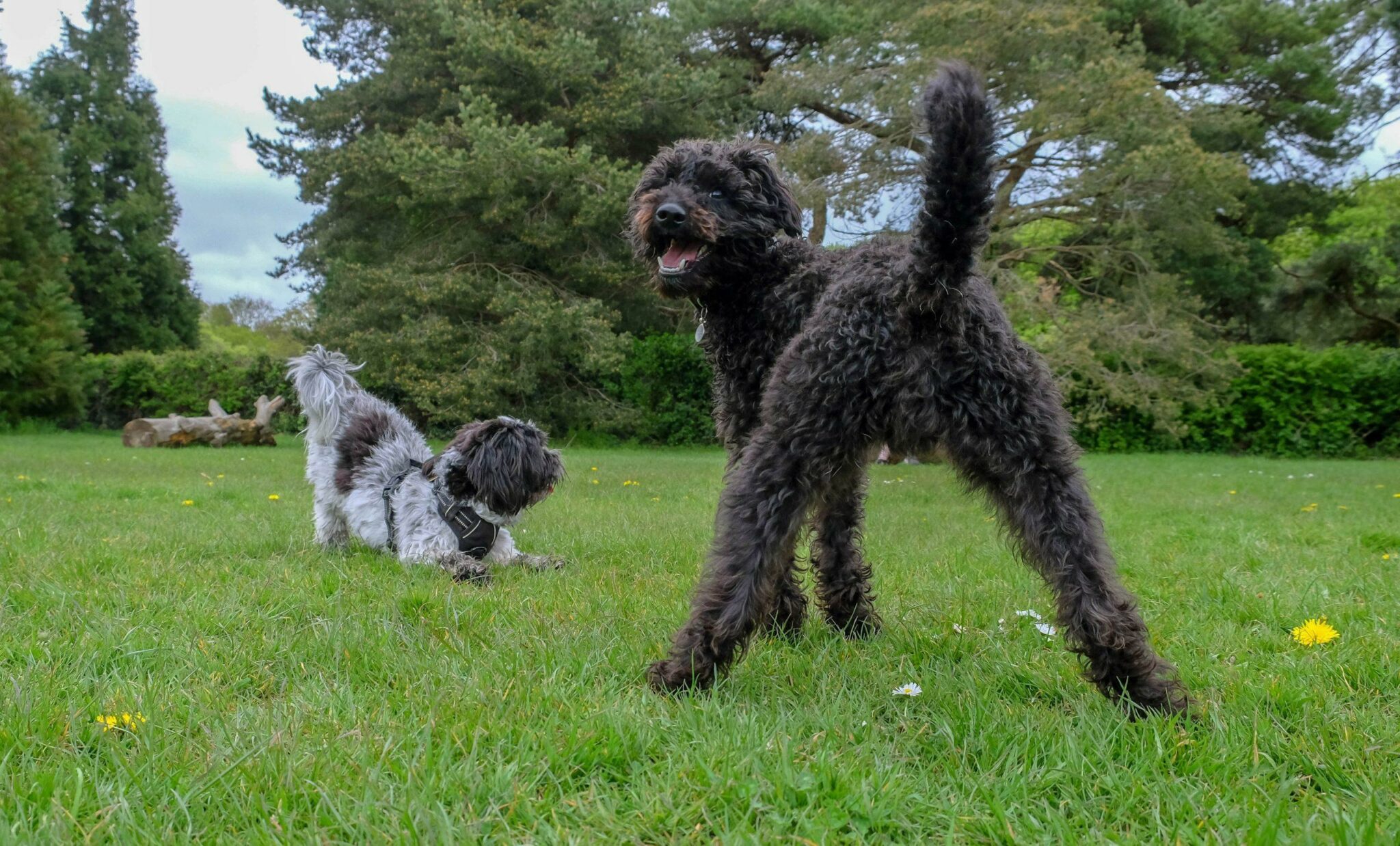
Dietary NeedsGeneral HealthDogsGut Health
3 Top Tips For Anal Gland Health in Dogs
Mar 21 2022
•
4 mins 23 secs
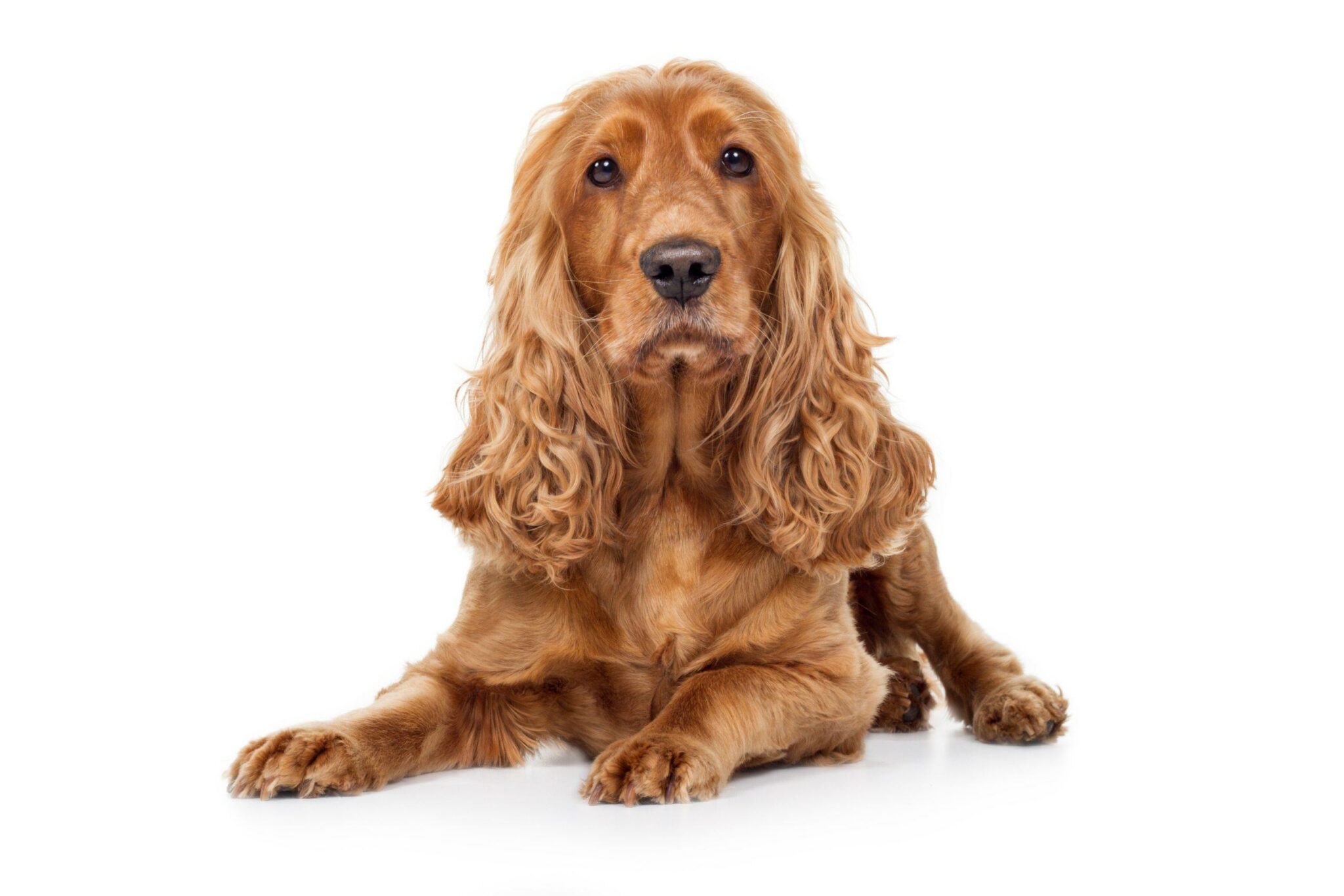
Dietary NeedsGeneral HealthDogsGut Health
A Brief Guide to Our Pet’s Pancreas
Mar 07 2022
•
6 mins 24 secs

Dietary NeedsGeneral HealthDogsGut Health
Why Does My Dog Need Vitamins? Part Two – The Water-Soluble Vitamins
Jan 24 2022
•
6 mins 42 secs

Dietary NeedsGeneral HealthDogsGut Health
Why Does My Dog Need Vitamins? Part One – The Fat-Soluble Vitamins
Jan 24 2022
•
5 mins 51 secs

Dietary NeedsGeneral HealthDogsGut Health
Prebiotics Vs. Probiotics
Nov 01 2021
•
4 mins 17 secs
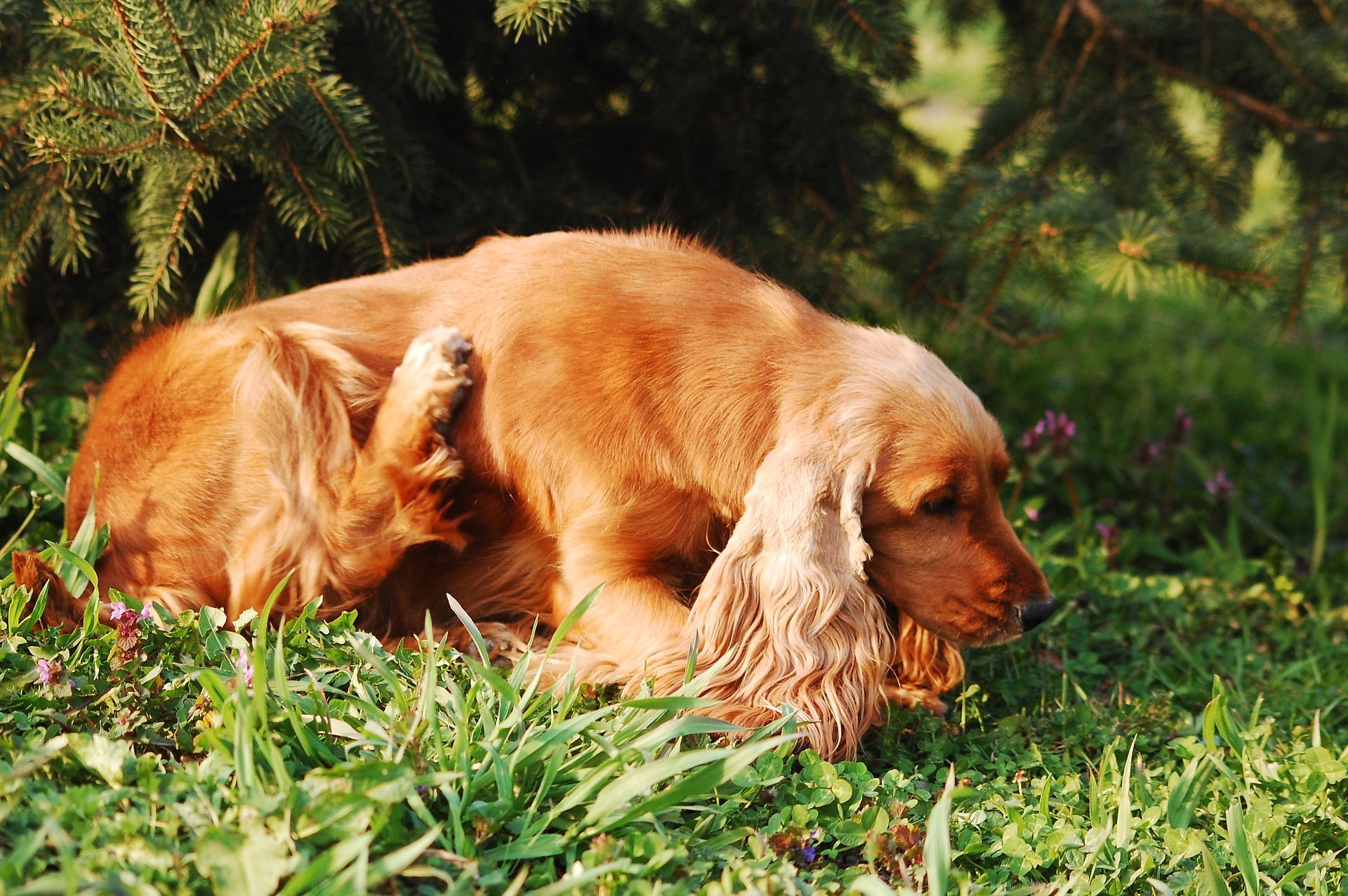
Dietary NeedsGeneral HealthDogsGut Health
Why Is My Dog Itchy?
Oct 21 2021
•
5 mins 39 secs

Dietary NeedsGeneral HealthDogsGut Health
What is The Gut Barrier?
Aug 25 2021
•
5 min read
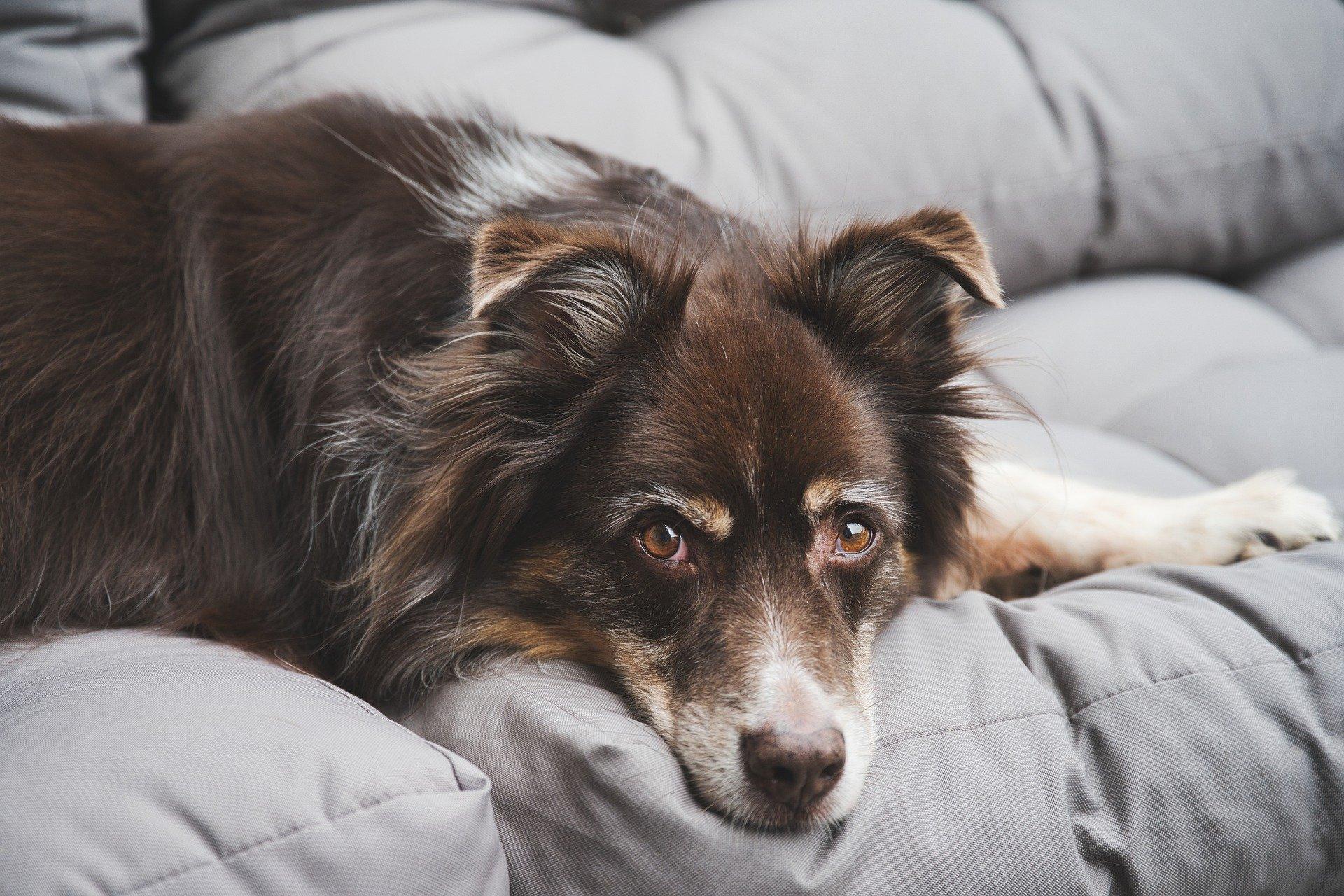
Dietary NeedsGeneral HealthDogsGut Health
To Fast Or Not To Fast? That Is The Question
Aug 23 2021
•
5 min read

Dietary NeedsGeneral HealthDogsGut Health
A Whistle Stop Tour Of Keto
Aug 16 2021
•
3 min read
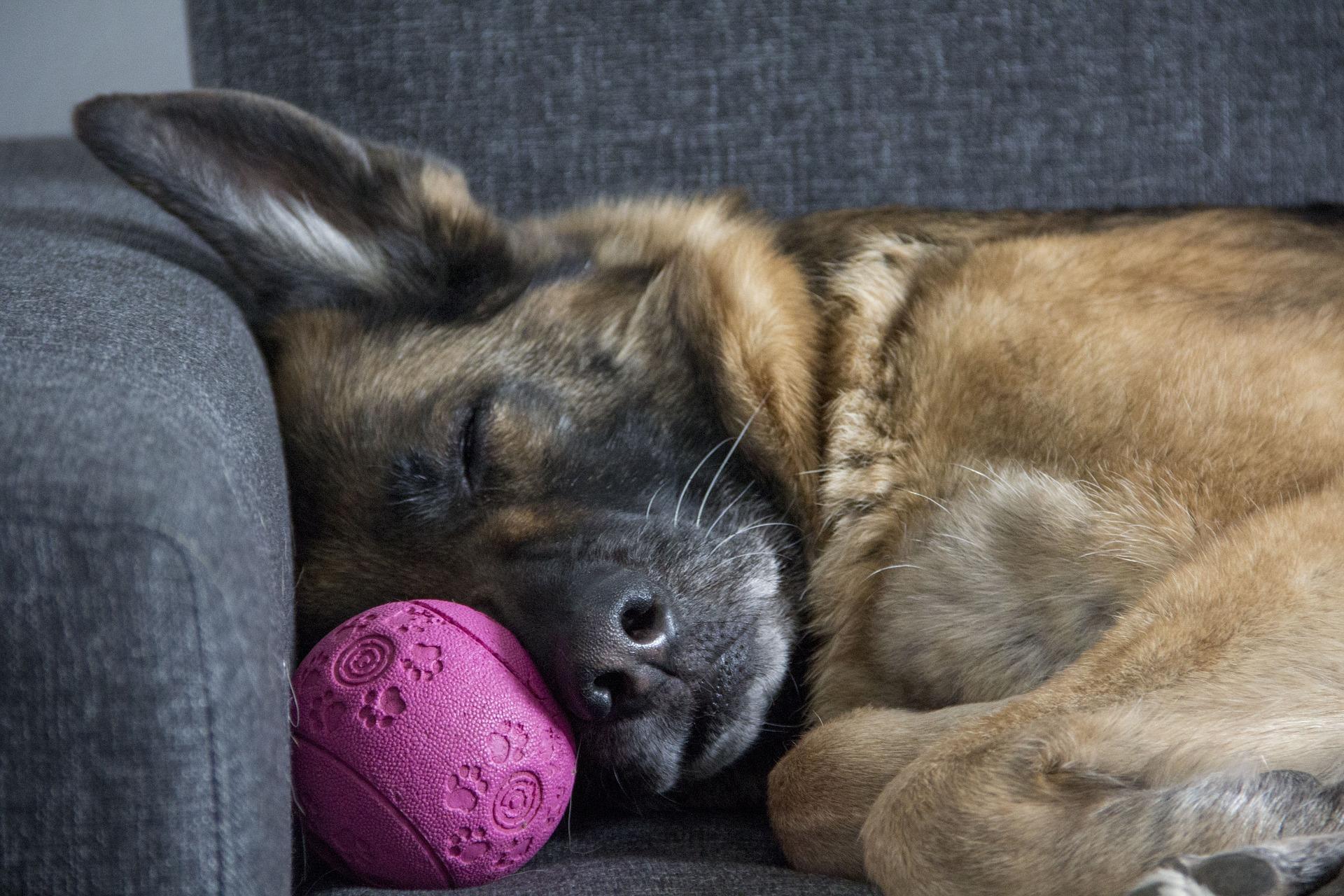
Dietary NeedsGeneral HealthDogsGut Health
Bacterial Overgrowth – More Common Than You Think
Aug 04 2021
•
6 min read
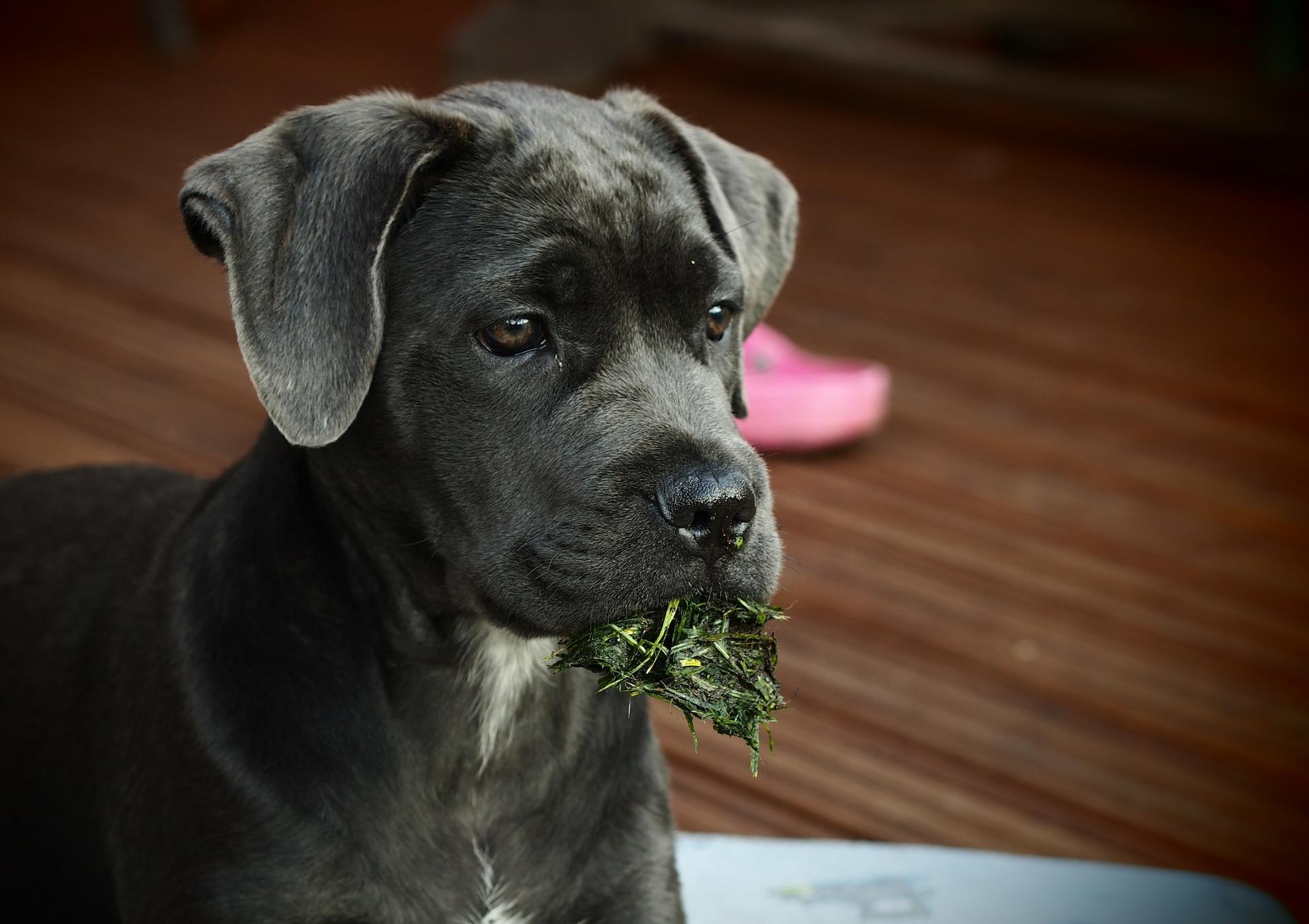
Dietary NeedsGeneral HealthDogsGut Health
My Pet Eats Grass, Should I be Worried?
Jul 27 2021
•
5 min read
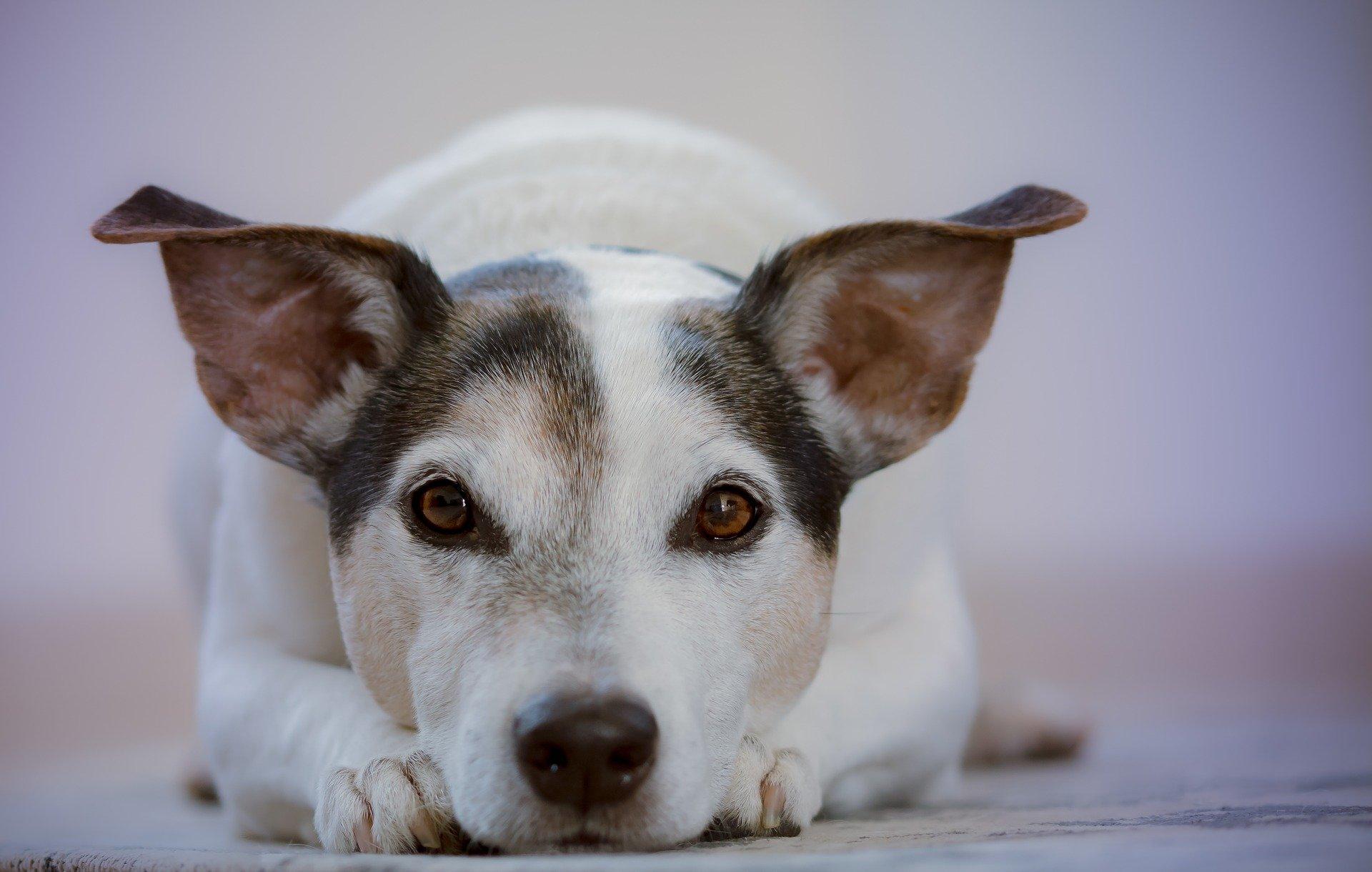
Dietary NeedsGeneral HealthDogsGut Health
Can Stress Affect My Dog’s Digestive System?
Jul 26 2021
•
8 min read
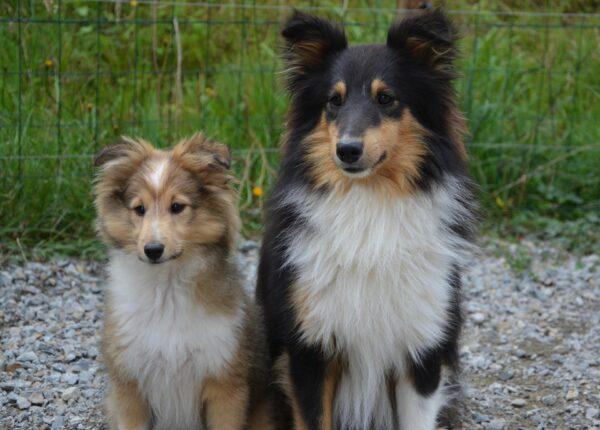
Dietary NeedsGeneral HealthDogsGut Health
What Can Go Wrong with My Dog’s Gallbladder?
Jul 21 2021
•
5 min read
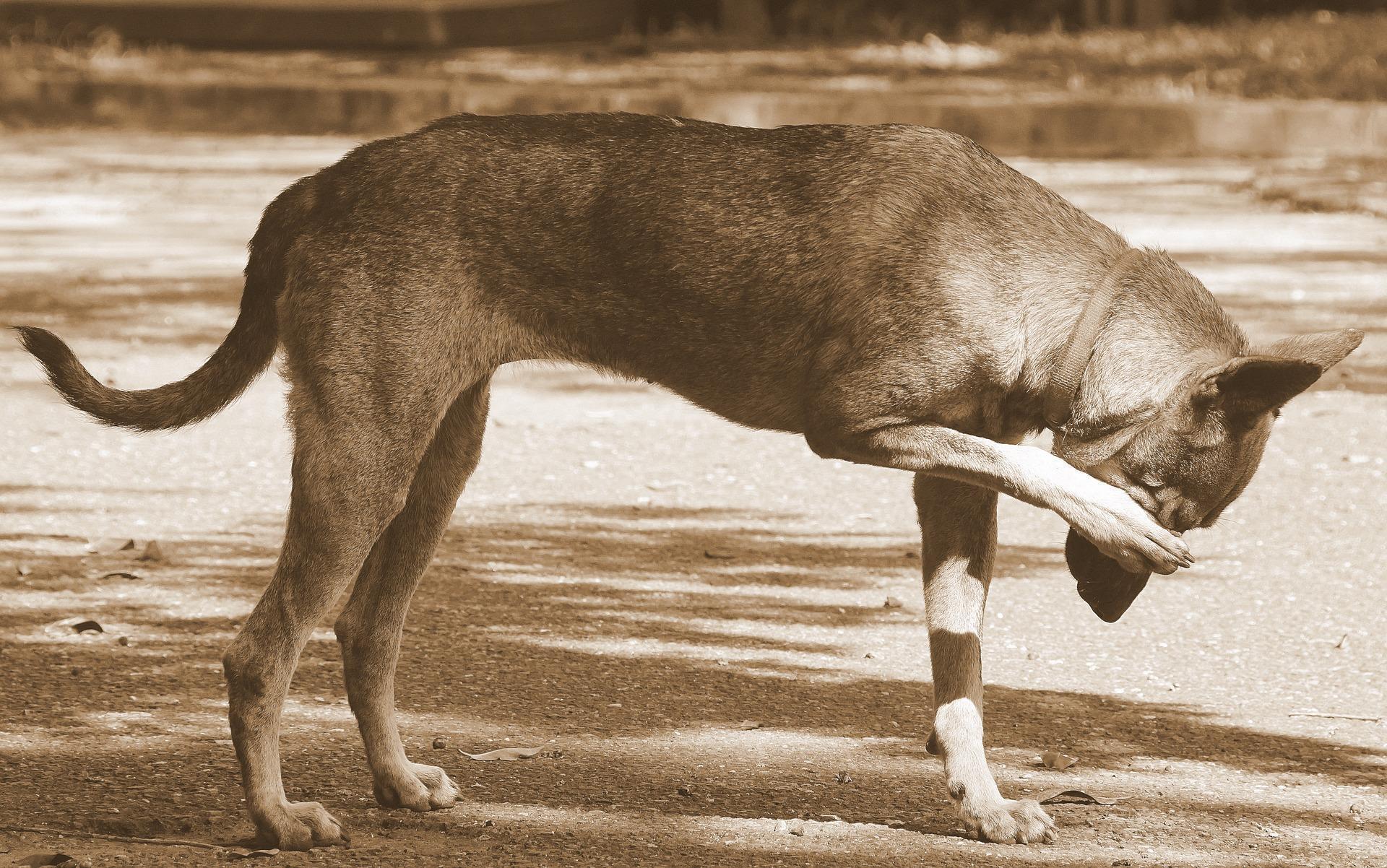
Dietary NeedsGeneral HealthDogsGut Health
A Brief Guide to Histamine Intolerance for Dogs
Jul 13 2021
•
4 min read

Dietary NeedsGeneral HealthDogsGut Health
What Can Cause Gut Dysbiosis?
Jun 21 2021
•
7 min read

Dietary NeedsGeneral HealthDogsGut Health
What Can Help Gut Dysbiosis?
Jun 21 2021
•
9 min read
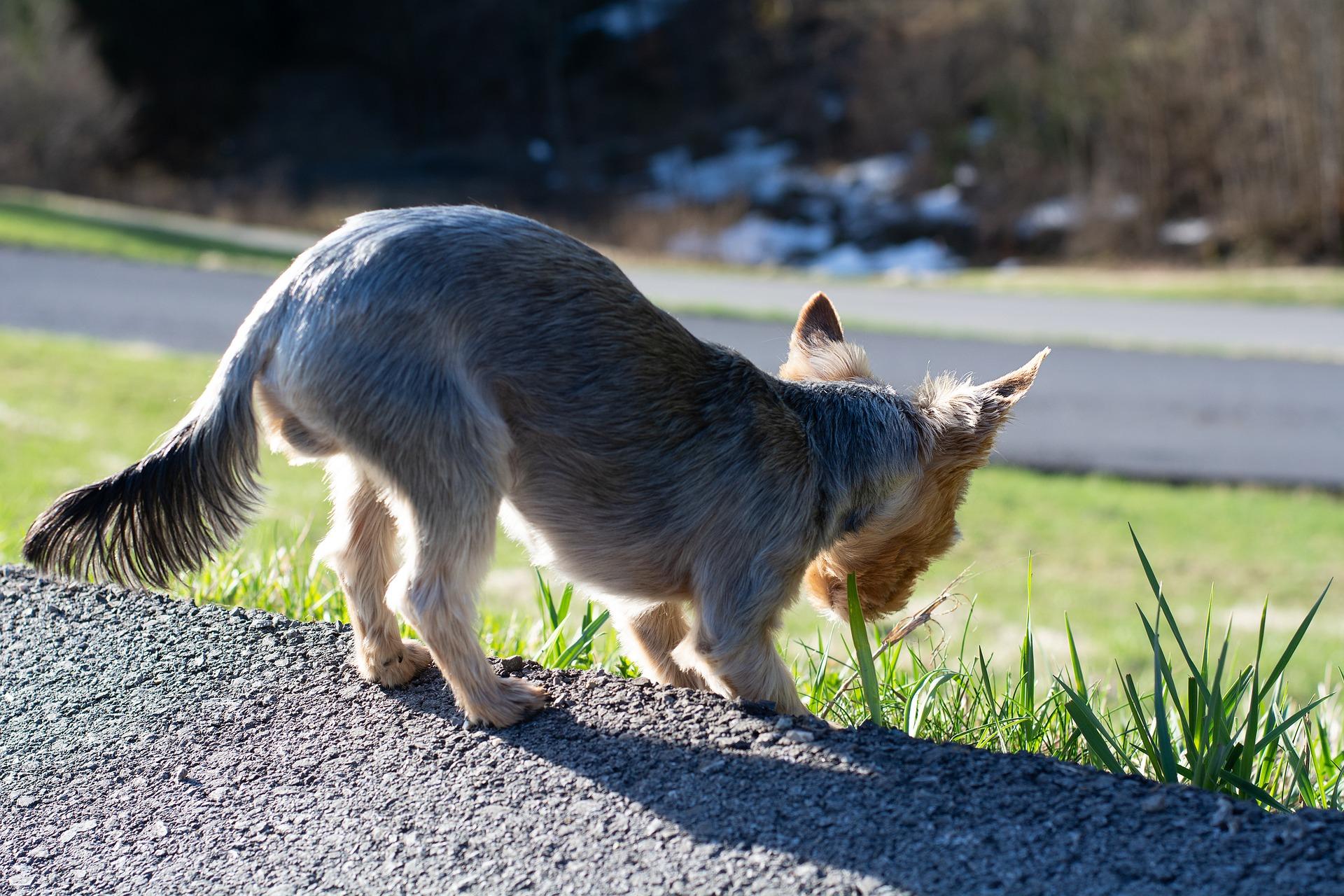
Dietary NeedsGeneral HealthDogsGut Health
Why Does My Dog Eat Poop?
Jun 03 2021
•
8 min read
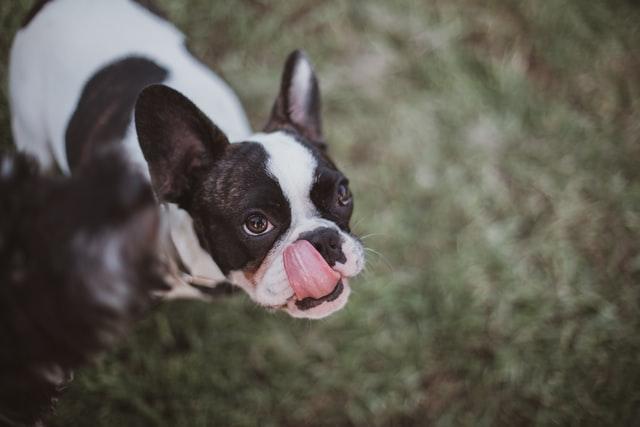
Dietary NeedsGeneral HealthDogsGut Health
Why is My Dog Licking His Lips?
May 25 2021
•
5 min read
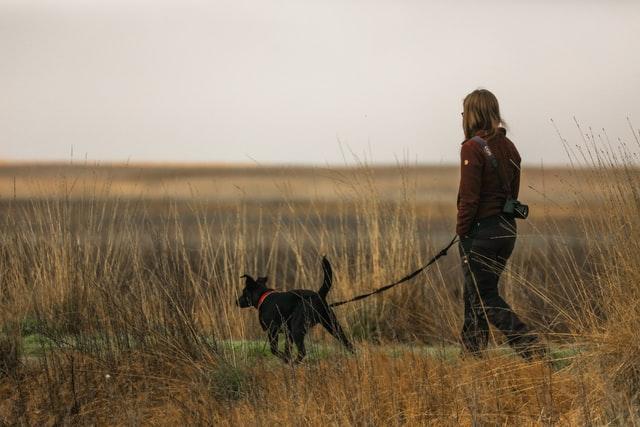
Dietary NeedsGeneral HealthDogsGut Health
The Importance of Nature for Human and Dog Health
May 12 2021
•
5 min read

Dietary NeedsGeneral HealthDogsGut Health
How Food Affects Your Dog’s Behaviour
Apr 22 2021
•
10 min read
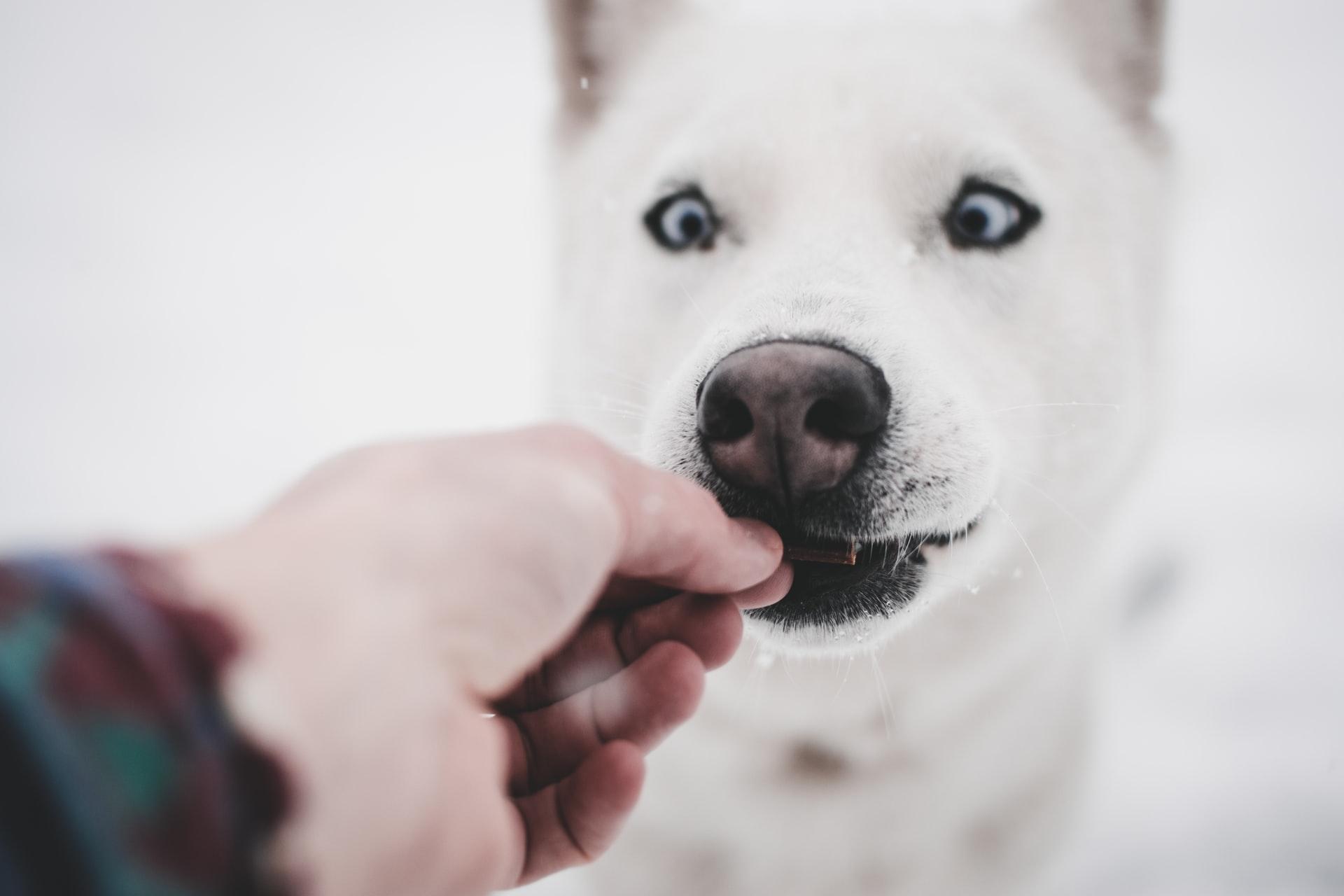
Dietary NeedsGeneral HealthDogsGut Health
Elimination Diets for Dogs
Apr 08 2021
•
8 min read
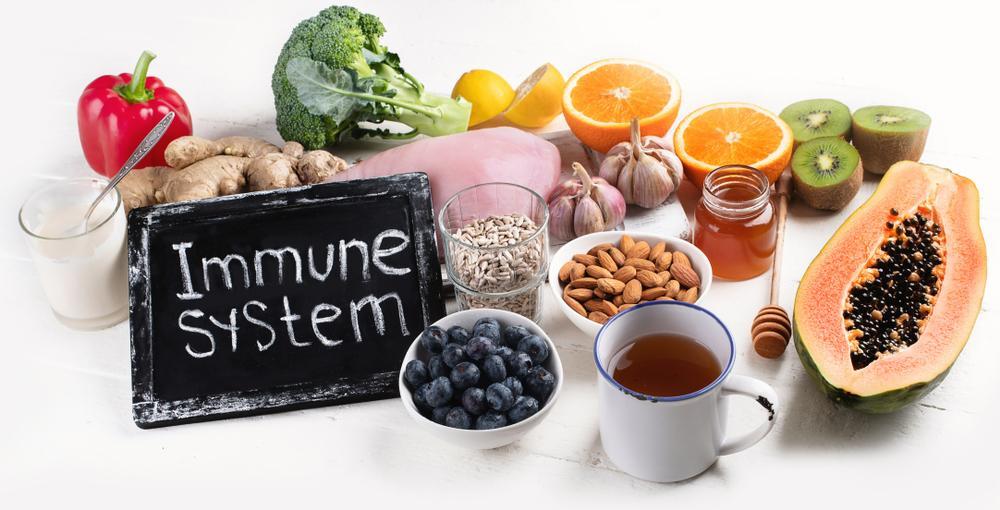
Dietary NeedsGeneral HealthDogsGut Health
10 Top Foods For Your Dog’s Immunity
Mar 17 2021
•
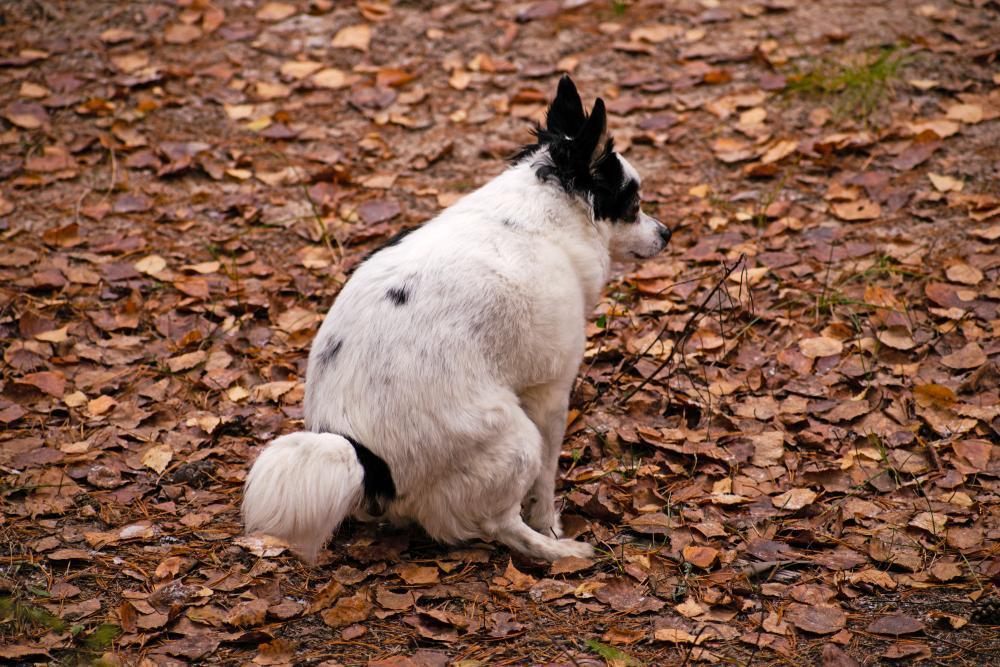
Dietary NeedsGeneral HealthDogsGut Health
Constipation in Cats and Dogs!
Feb 22 2021
•
8 min read
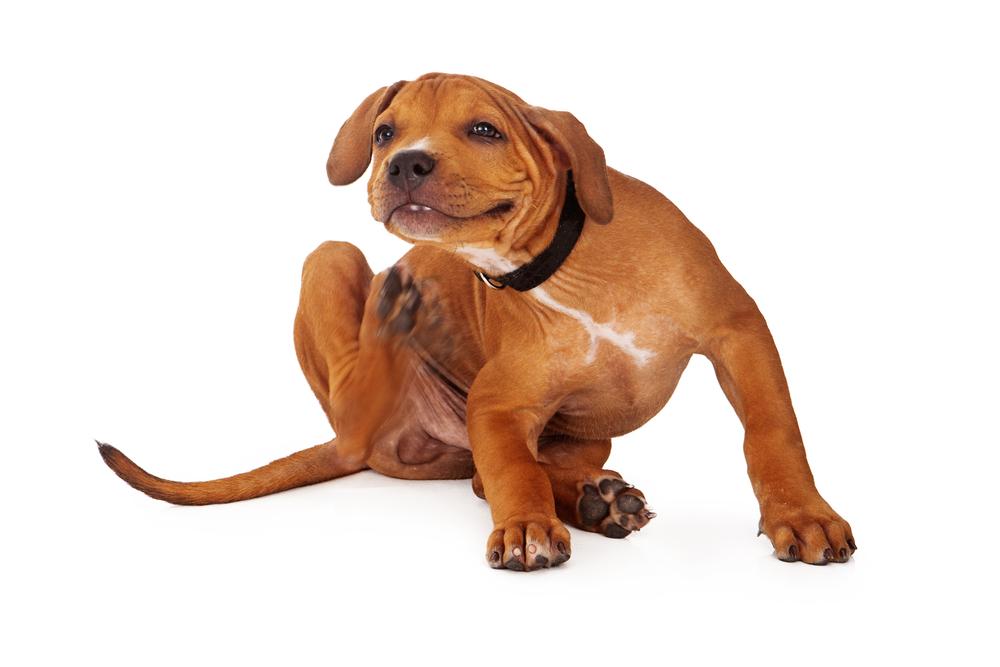
Dietary NeedsGeneral HealthDogsGut Health
Tackling Atopic Dermatitis in Pets
Dec 16 2020
•
9 min read
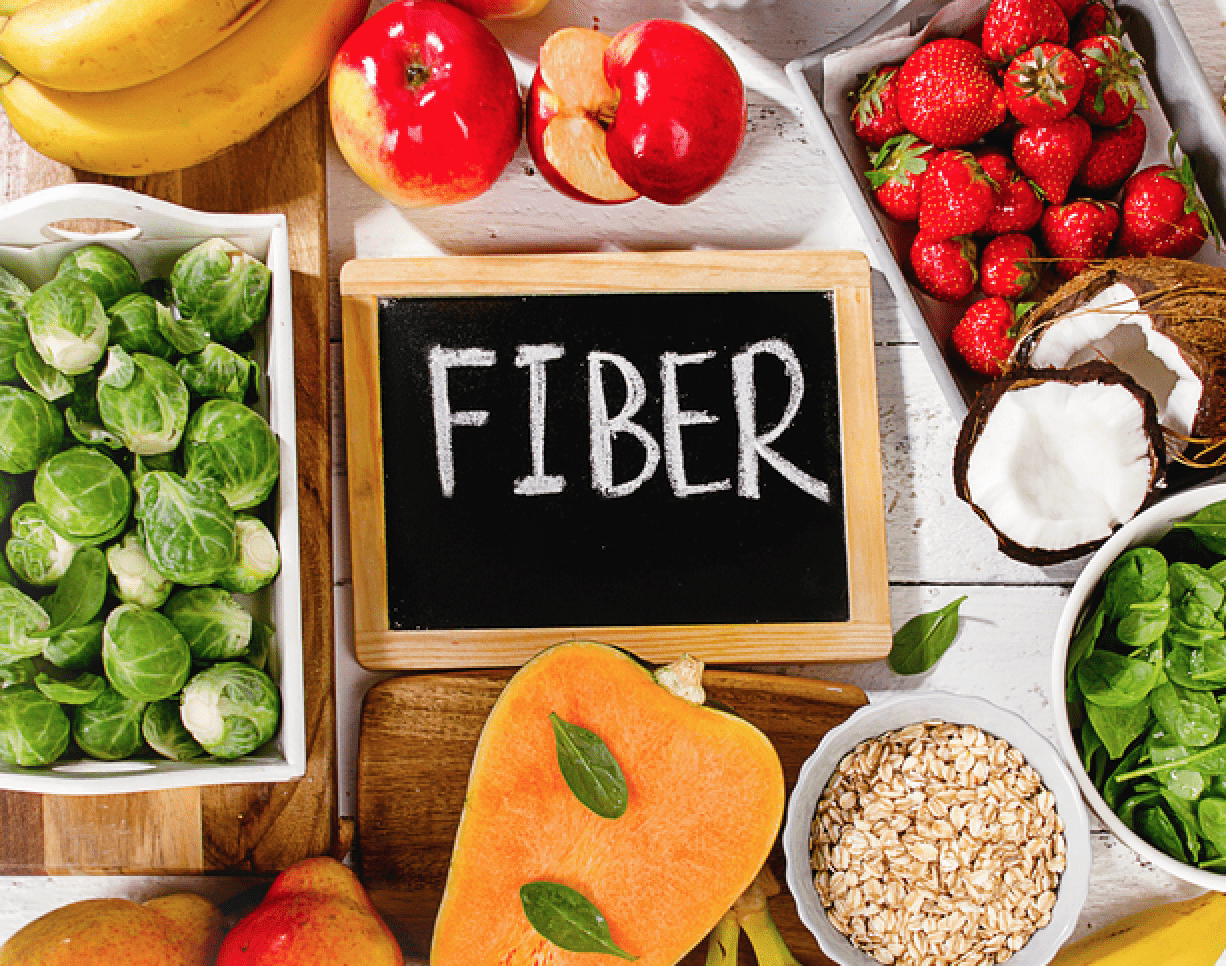
Dietary NeedsGeneral HealthDogsGut Health
5 Reasons Why Fibre is Your Dog’s Best Friend
Oct 28 2020
•
7 min read
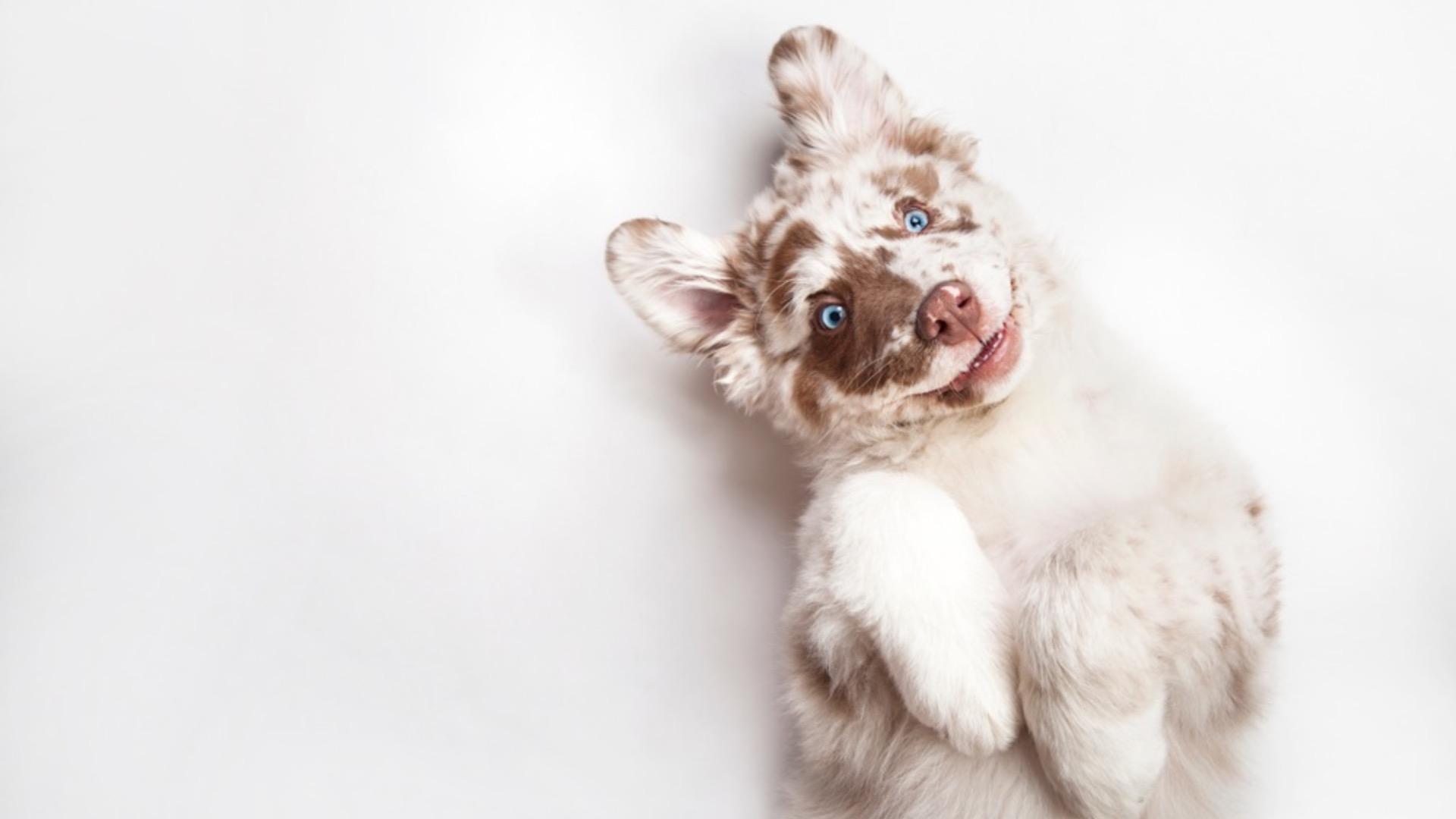
Dietary NeedsGeneral HealthDogsGut Health
Natural Worming Options for Pets
Jun 03 2020
•
8 min read
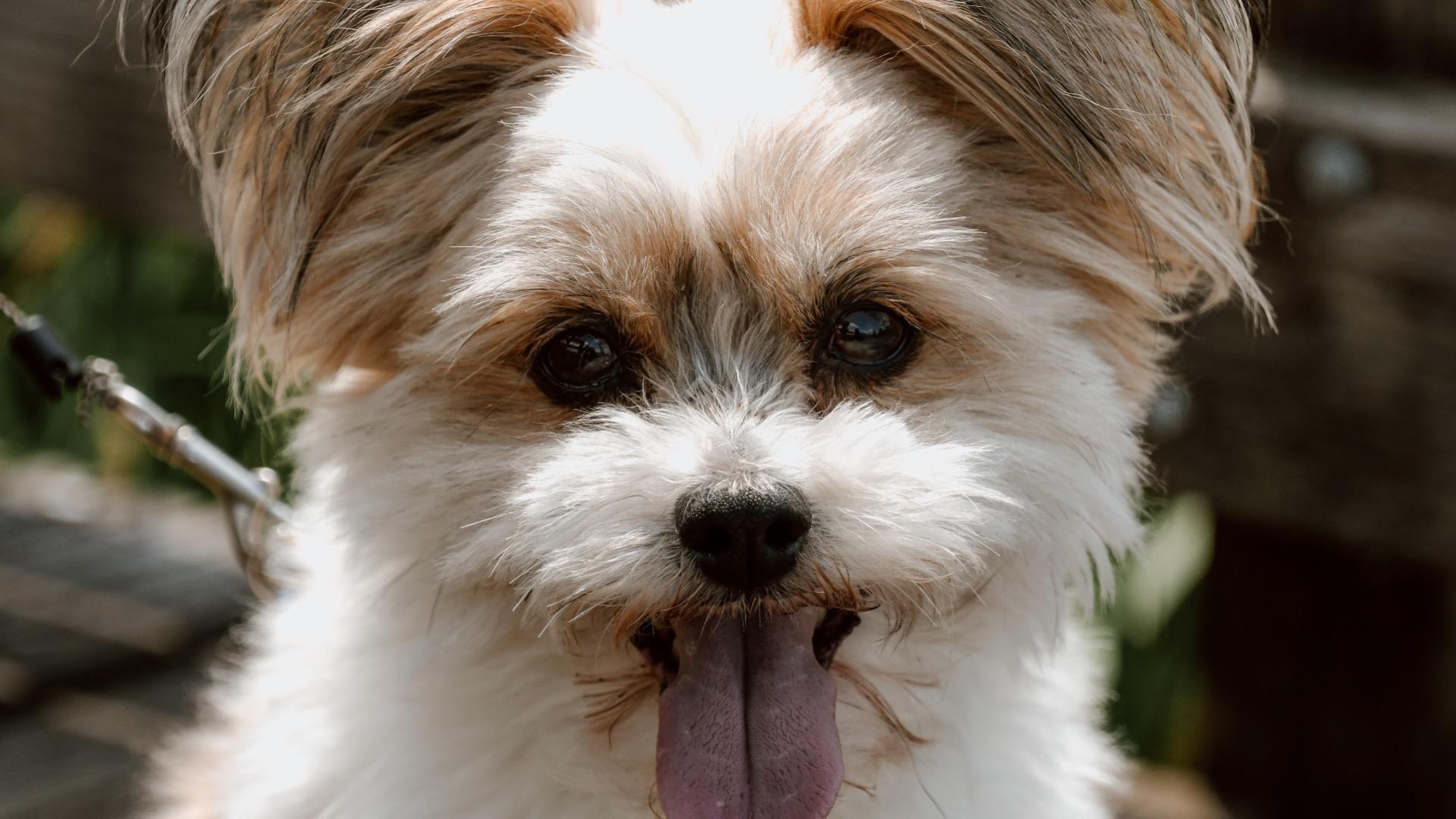
Dietary NeedsGeneral HealthDogsGut Health
Natural Guide for Pets: Inflammatory Bowel Disease
Apr 06 2020
•
8 min read
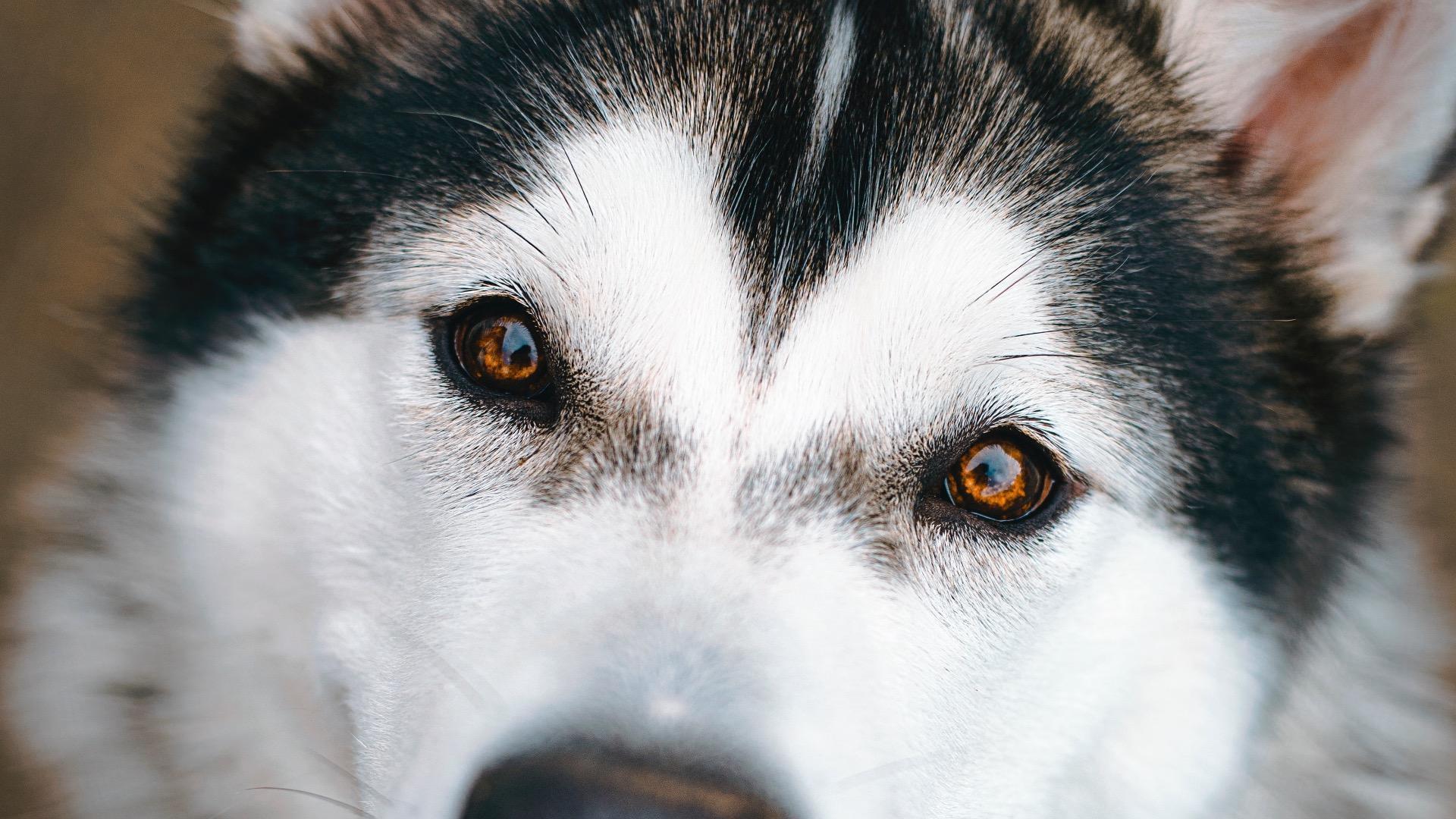
Dietary NeedsGeneral HealthDogsGut Health
7 Steps to Optimal Gut Health for Pets
Mar 13 2020
•
8 min read
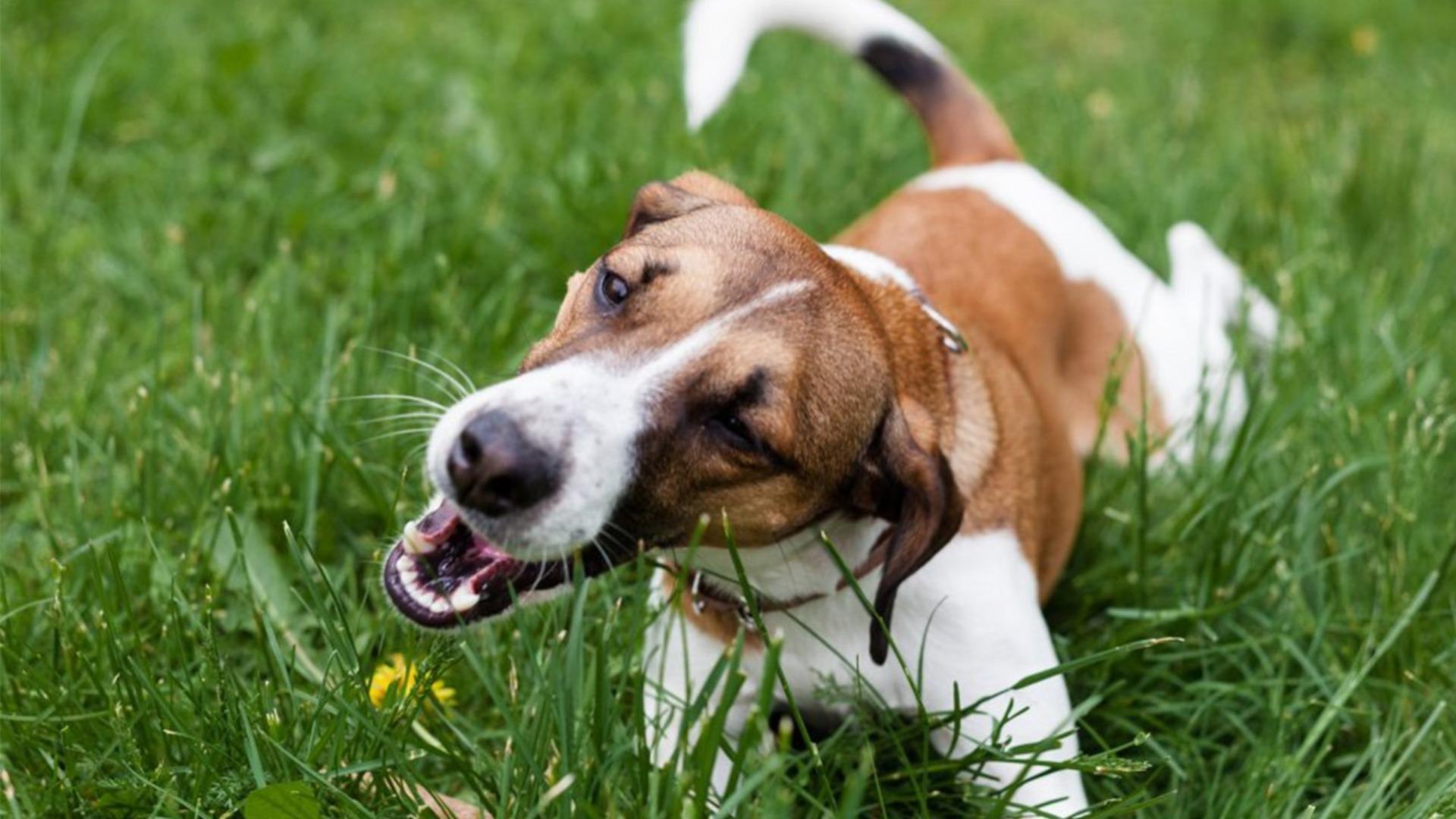
Dietary NeedsGeneral HealthDogsGut Health
5 reasons why your dog eats grass
Feb 21 2019
•
2 min read
✕






